Introduction
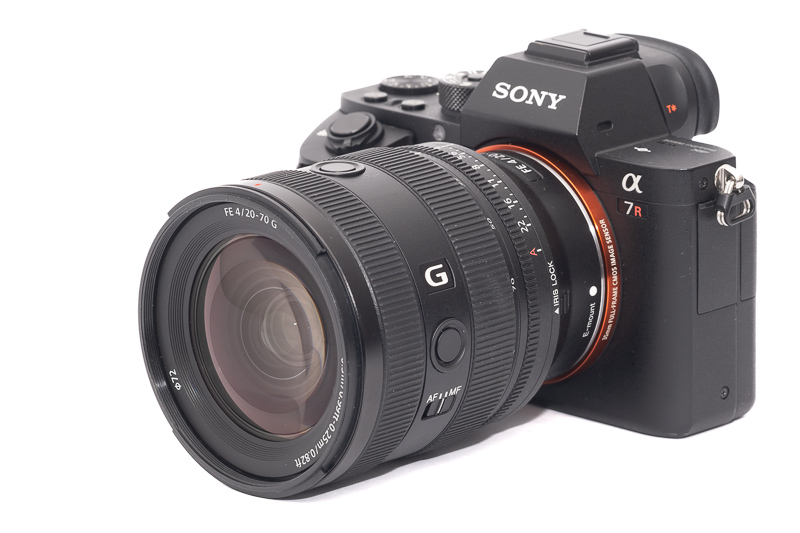
One thing is for sure: the move to fullframe mirrorless led to the boundaries of lens design being pushed further and this Sony FE 20-70mm 4.0 G is a good example of that, as there has never been a zoom with this range before. As a do-it-all travel lens this range is way more appealing to me than those variable aperture 28-200mm or 24-240mm super zooms. But to realize a lens with these parameters, surely some compromises had to be made. Let’s find out about them in this review.
Sample Images
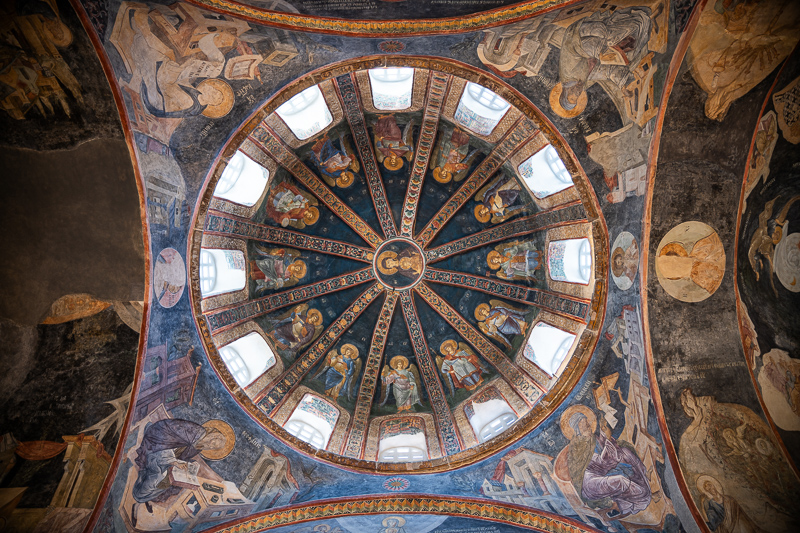
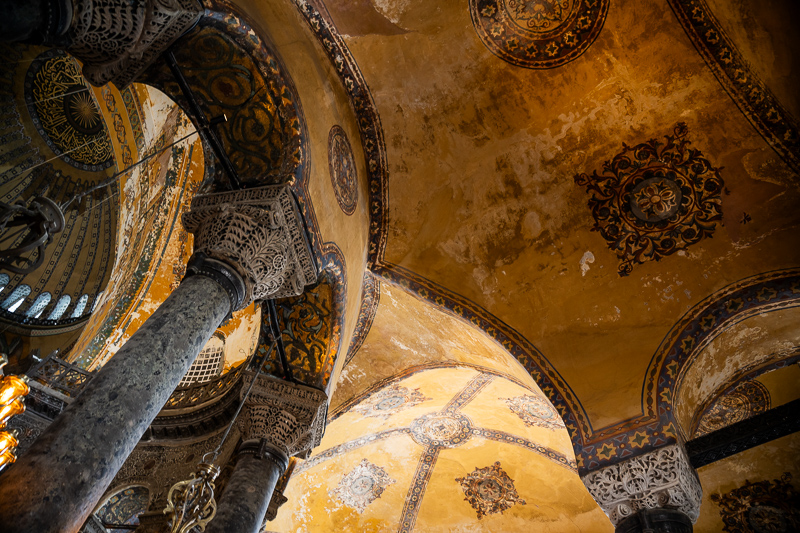
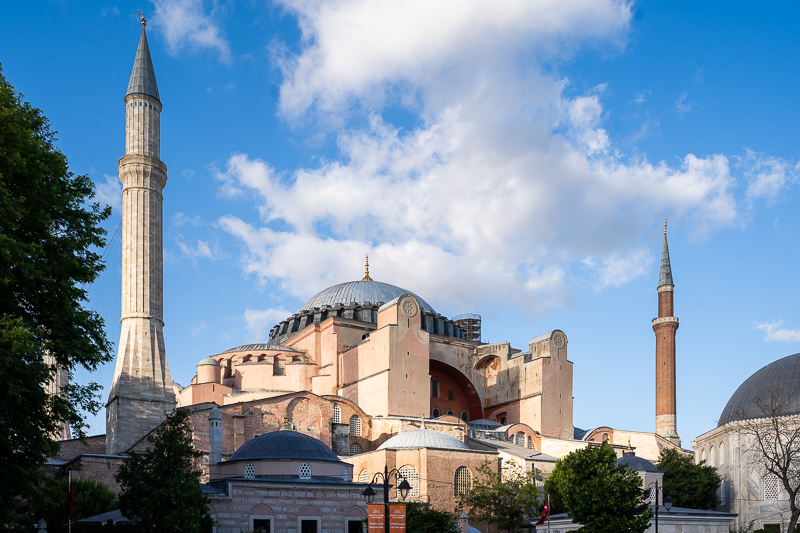
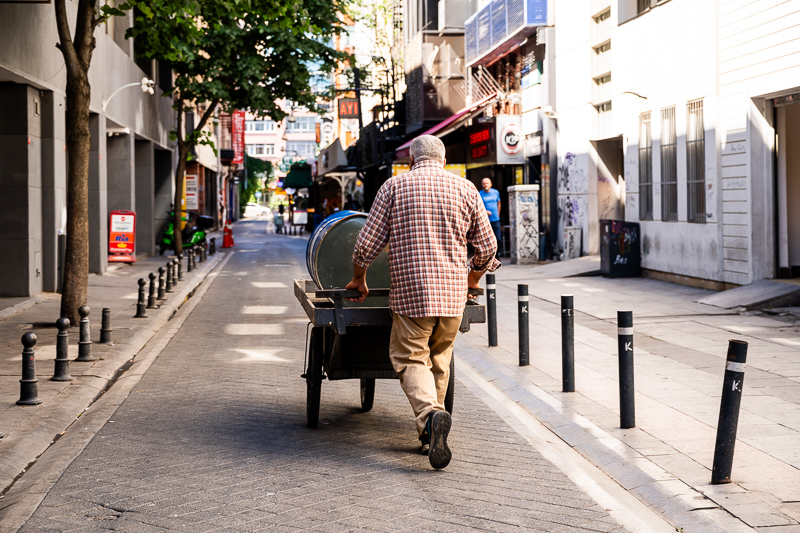


You can find most of the sample pictures in full resolution here.
Contents
Specifications
As of 2024 there has only ever been one 20-70mm lens and it is this one. It has the following specifications:
- Diameter: 79 mm
- Field of view: 34° to 94° (diagonally)
- Length: 99 mm (at 20 mm setting)
- Weight: 484g (without hood and caps)
- Filter Diameter: 72 mm
- Number of Aperture Blades: 9 (rounded)
- Elements/Groups: 16/13

- Close Focusing Distance: 0.25 m
- Maximum Magnification: 1:7.6 at 20mm to 1:2.4 at 70mm (measured)
- Mount: E-mount
buy from amazon.com | amazon.de | ebay.com | ebay.de | B&H (affiliate links) for $1098
Disclosure
A good friend and long time reader lend me this lens for a few weeks to write this review. Thanks a lot!
Focal Lengths
Handling / Build Quality
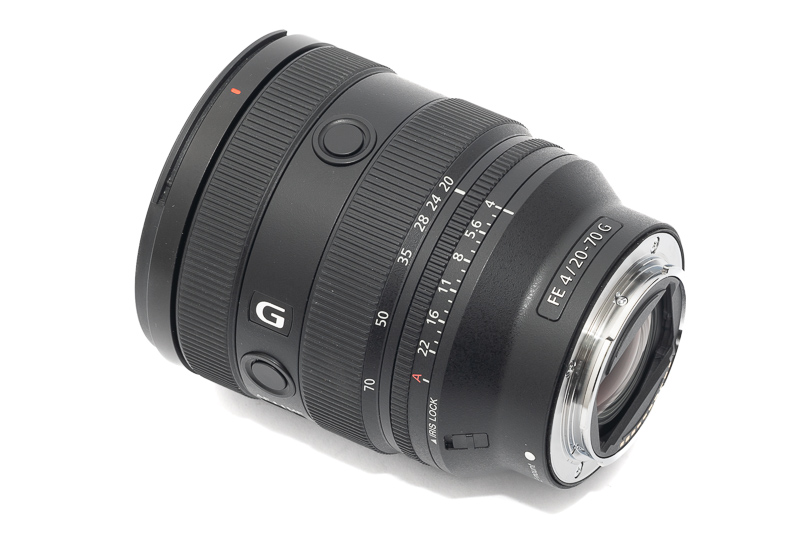
Generally this Sony FE 20-70mm 4.0 G handles and feels very similar to the other recent G/GM primes and zooms. We are getting an AF-MF switch, aperture ring, focus hold buttons and linear manual focus.
The rubberized focus ring has decent damping and it takes a little less than 180° from the minimum focus distance (0.25 m) to infinity – no matter how fast you turn it, as the coupling is linear.
When you turn your camera off, the lens will remember the last focus position and will still be there when you turn the camera on again.
The zoom is mechanically coupled and there was no zoom creep. This is something that may still develop over time though.
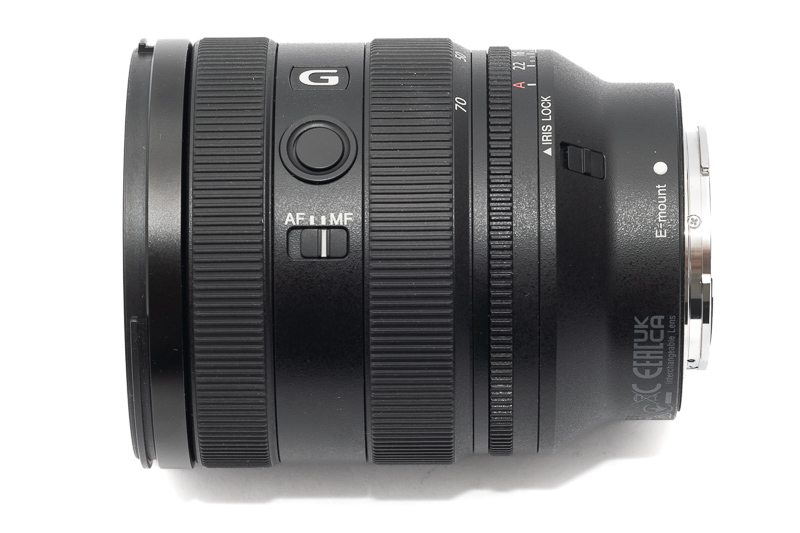
The zoom ring is situated closer to the camera and has markings for 70, 50, 35, 28, 24 and 20 mm. This is not a parfocal zoom, if you change the focal length, focus needs to be adjusted. What I haven’t seen on other Sony lenses yet: this one also features an “iris lock”, for locking the aperture ring.

At the bottom of the lens also a de-click lever can be found, maybe something of interest for the videographers among you.
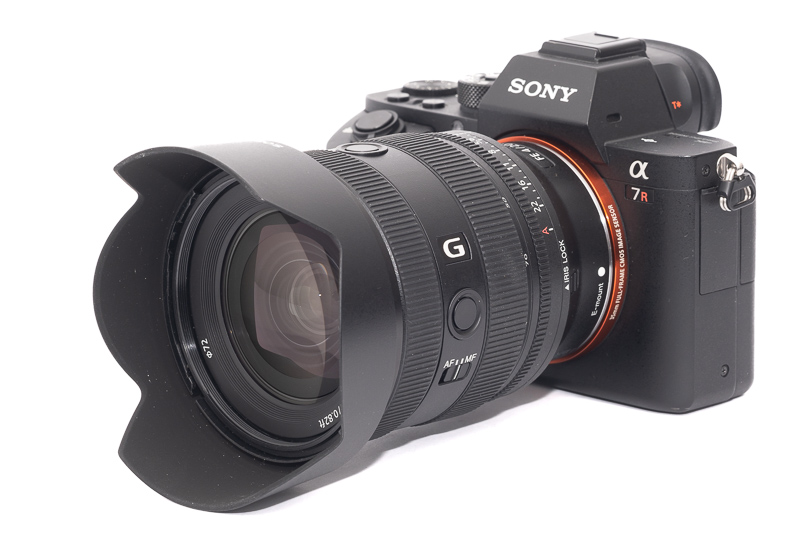
The lens comes with a plastic bayonet-style tulip-shaped lens hood that can also be attached reversed.
The zoom design is typical: shortest at the 20mm end, longest at the 70mm end.

This lens is actually surprisingly small. Despite offering staggering 20mm at the wide end, it is only slightly bigger than the mediocre the Sony FE 24-70mm 4.0 ZA. It is also a lot smaller than all the f/2.8 zooms.
Autofocus
I am not shooting sports or fast moving animals/humans so if you want to know if the lens is fast enough for this, or how it compares to other lenses in this segment, you may have to look for a different review with a more detailed assessment of this aspect.
The AF was always fast and accurate and it is also completely silent. Historically the f/2.8 zooms were always the fastest, so it is still possible the Sony FE 24-70mm 2.8 GM II focuses even faster.
Vignetting
| f/4.0 | f/5.6 | f/8.0 | f/11 | |
|---|---|---|---|---|
| 20mm | 3.1 EV | 2.5 EV | 2.1 EV | 1.9 EV |
| 24mm | 2.2 EV | 1.8 EV | 1.6 EV | 1.4 EV |
| 28mm | 2.0 EV | 1.5 EV | 1.3 EV | 1.2 EV |
| 35mm | 1.9 EV | 1.4 EV | 1.0 EV | 1.0 EV |
| 50mm | 1.7 EV | 1.1 EV | 0.7 EV | 0.7 EV |
| 70mm | 2.1 EV | 1.3 EV | 0.9 EV | 0.6 EV |
I am doing something here I haven’t done before: I am showing you the vignetting figures after distortion correction. This lens heavily relies on the digital correction of distortion and without that correction the lens creates pitch black corners at the 20mm end.
Many of the recent mirrorless designs show high vignetting figures – a compromise to reduce their size. The 3 EV vignetting at the 20mm end at f/4.0 and still 2 EV stopped down are clearly a sign for this. The situation is better at the other focal lengths, here we see around 2 EV at f/4.0 and 0.6 to 1.4 EV stopped down. These values are not that unusual for a midrange zoom.
It is recommended to have a look at this article first to get an idea how this brightness graph works.
Sharpness
infinity (42mp Sony A7rII)
Because the lens is pretty much unusable without distortion correction we will again be looking at files where the distortion correction has been applied.
Considering the focal length range and the maximum aperture, I see this as a standard zoom with a stronger focus on landscape and architecture – thanks to the 20mm setting – and for a lens like this the infinity performance would be very important to me.
The 20mm setting is obviously the main selling point of this lens, but sadly – not unexpectedly though – it is also the weakest setting. The corners never look amazing (still good though) and there is also a small midframe dip. This is by no means a bad performance, but some of the very good ultra wide angle zooms and good primes will perform better here and if you are picky about corner performance on a high resolution camera you might not be perfectly happy with this one.
The 24 and 28mm settings are the best with this sample. Already at f/4.0 the across frame performance is impeccable.
In the 35 to 70mm range the corners benefit from stopping down 1 to 2 stops, but at f/8.0 to f/11 also here the performance is really good and hardly leaves something to be desired.
For a lens with these unique parameters this is a very good performance. The old Sony FE 24-70mm 4.0 ZA performs noticeably worse here, despite being much easier to design. Now we all know that lens is a very low bar to pass, so I guess I need to review a Sony FE 24-105mm 4.0 G OSS in detail, to see how it compares at shared focal lengths.
Keep in mind there is more variance with these zoom lenses compared to primes, so your sample of this lens might behave slightly different.
close (0.25 m, 1:2.4, 42mp Sony A7rII)
The Sony FE 20-70mm 4.0 G focuses really close at the 70mm end, offering an amazing maximum magnification of 1:2.6. However, also here there are compromises. From the following comparison you can see that there is a lot of field curvature at this setting.
Still, I think it is great that this lens offers such a high magnification and as long as you are not trying to take repro pictures of credit cards (or similarly small and flat objects) you probably won’t even notice the field curvature.
Flare resistance
Generally, if you try hard and long enough, you can make almost any lens look bad in this category. Zoom lenses are often more prone to issues here, due to many air-glass surfaces and plenty of moving parts inside.
At the 24mm setting it is possible to create some artefacts – especially stopped down.
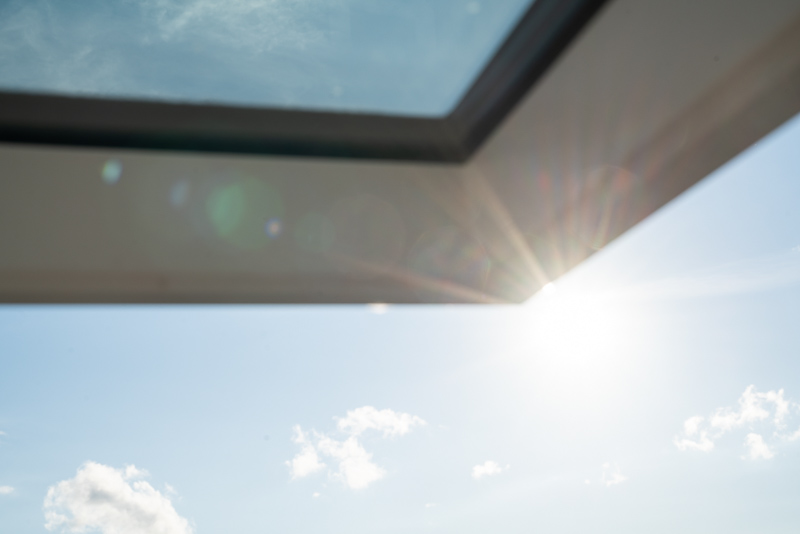
Let me first say, the performance is generally pretty good. Veiling flare isn’t really an issue. In high contrast scenes a line of ghosts of varying shapes is something you will probably encounter sooner or later. This is also true for all focal lengths.
For a standard zoom with a unique focal length range, this is a solid performance.
Coma correction
20mm
70mm
The coma correction is actually pretty decent, at the wide as well as at the long end. With these specifications, it is not exactly a lens where I think coma correction matters a lot, but it does certainly allow for blue hour pictures at f/4.0. At the wide end I noticed some strane rainbow artefacts. I guess those are internal reflections, but I am not sure about it.
Distortion
With that zoom range we should not be surprised we are in for a wild ride here. There is massive wavy barrel distortion at the wide end, almosst none around 35mm and then very strong pincushion distortion from 50 to 70 mm.
Now obviously this lens is supposed to be used with digital distortion corrections – as is the case for pretty much all modern (zoom) lenses – and for Jpegs this will already happen in camera. However, I found that at the 20mm end the distortion is so high and complex, that there is still some left towards the edges of the frame. For most applications this should not be an issue, but if you are very critical about lines being perfectly straight in your architecture pictures this lens might not be the ideal choice for you.
Sunstars
20mm
70mm
Unlike Sony’s higher end GM lenses with their 11 aperture blades this 20-70mm 4.0 G makes use of a diaphragm made of only 9. As is typical for Sony’s recent lenses the alignment of the blades is pretty good, so we see well defined sunstars between f/11 and f/22.
As this is a highly subjective topic may have a look at this article to see which kind of sunstars you prefer.
Bokeh
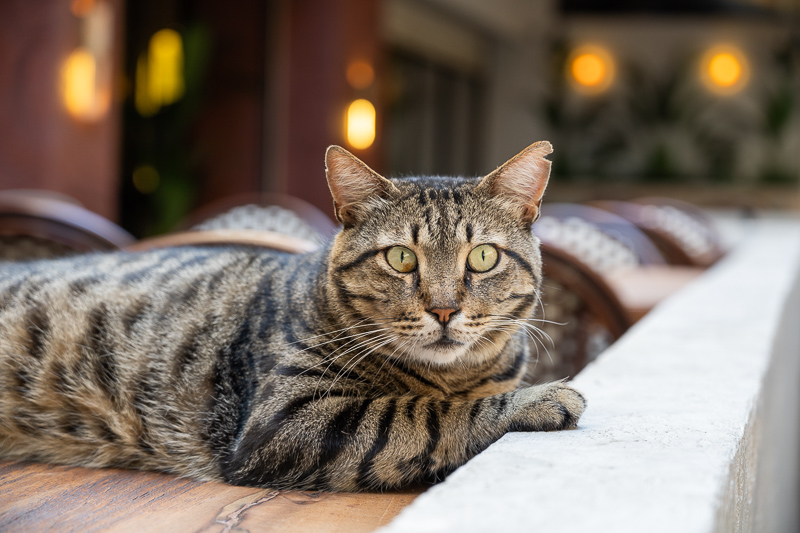
With this lens, bokeh is something you will only encounter at close focus distances.
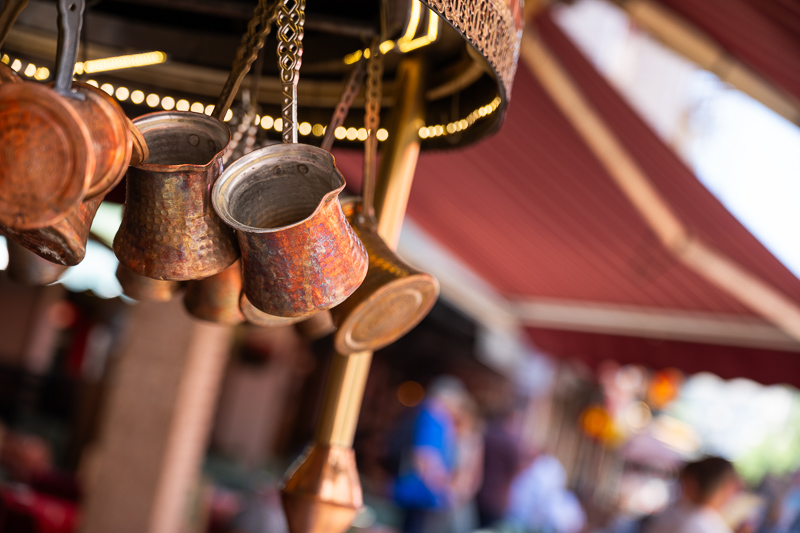
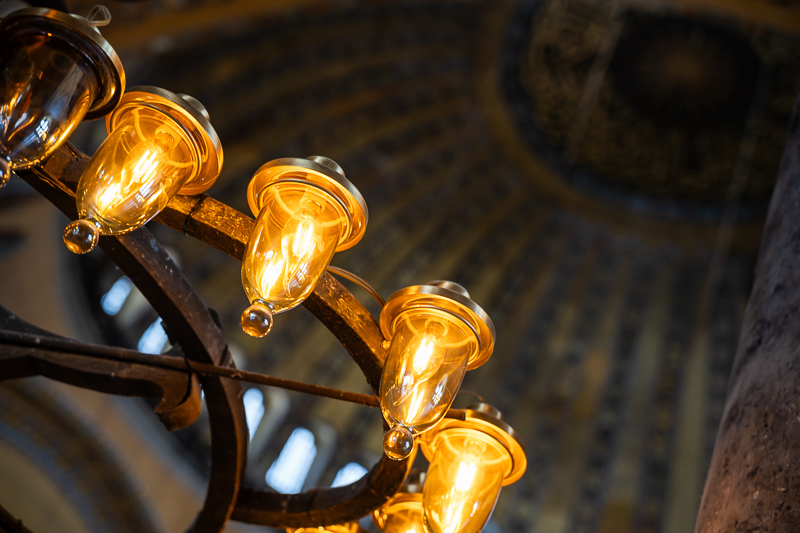
The bokeh is actually not bad, but this is really not a lens you should buy if you are after shallow depth of field photography.
Chromatic aberrations
Lateral
20mm
70mm
Most standard zooms show noticeable lateral CA and this one is no exception. They are strongest at the 20mm end, but still visible at the 70mm end.
The correction in Lightroom is still doing a good job here, but this aberration might actually be the reason for the not exactly stellar corner sharpness at the 20mm end.
Longitudinal
As this is not a very fast lens longitudinal CA in the form of bokeh fringing are nothing to worry about.
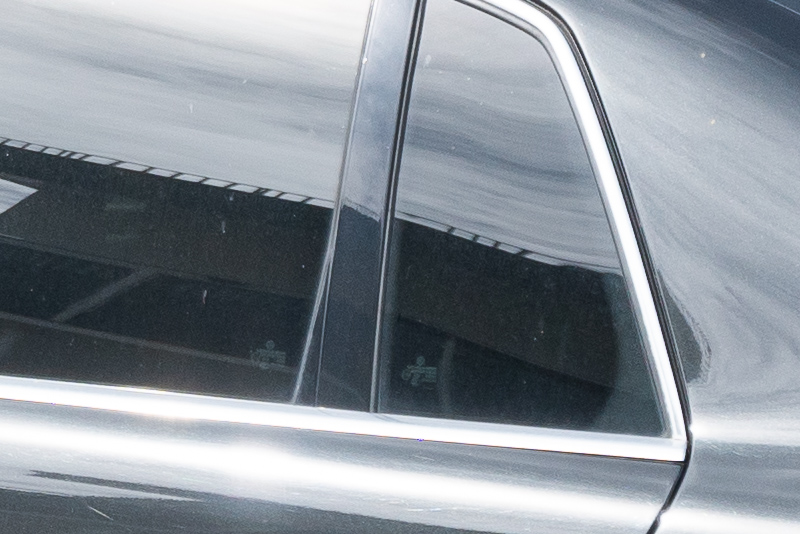
Also purple fringing is corrected very well. In the sample above sunlight was hitting the chrome parts directly and we do not see any kind of discoloring.
Conclusion
good
|
average
|
not good
|
When lenses are being released that push the boundaries of lens design – because they feature a focal length range or a maximum aperture we haven’t seen before – that often means there are also some notable compromises potential buyers should be aware of.
With its 20-70mm range this Sony FE 20-70mm 4.0 G definitely pushed those boundaries and surprisingly there are only very few such compromises and none that came unexpected. Vignetting at the 20mm end is indeed high, but at the other focal lengths comparable to the competitor’s midrange zooms. Then there is the huge uncorrected distortion and sadly at the 20mm end I found the correction profiles to not do a perfect job. If you plan on shooting a lot of architecture be sure that you can live with that.
But now the positive aspects – where there are plenty of. First I find the 20-70mm range extremely appealing. This probably covers around 90% of my focal length needs and I couldn’t say the same about the 24-105mm, 28-200mm, 24-240mm let alone the 28-75mm lenses. I find in cities the 20mm setting often makes the difference and gives the ability to frame that shot – when that just isn’t possible with a 24mm let alone a 28mm lens. With the 20mm option I see many people being able to leave their ultra wide angle zoom at home. We could nitpick about the corner sharpness at 20mm, but for a midrange zoom the performance is still very good.
What also surprised me: the lens is much smaller than I would have expected, barely bigger than the previous 24-70mm 4.0, and the 1:2.6 maximum magnification is a nice icing on the cake.
Personally, I find the range of this lens very appealing and if I was looking for a standard zoom for travel, I would strongly consider this one.
buy from amazon.com | amazon.de | ebay.com | ebay.de | B&H (affiliate links) for $1098
Alternatives
You can find many standard zooms these days, but this is the only one that offers a focal length range from 20 to 70mm. The most obvious alternatives are probably the Sony FE 24-70mm 4.0 ZA – which is worse in every regard except for price – and the Sony FE 24-105mm 4.0 G OSS, where you can trade in the 20-24mm range for the 70-105mm range. The 24-105mm 4.0 and this 20-70mm 4.0 generally offer similar image quality in the overlapping range.
You can find many of the recent E-mount standard zoom lenses discussed in our Sony FE Guide.
Sample images

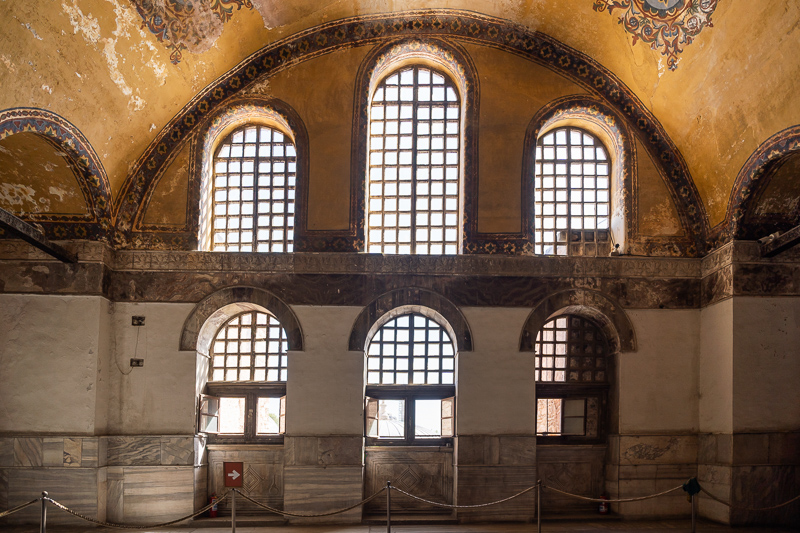
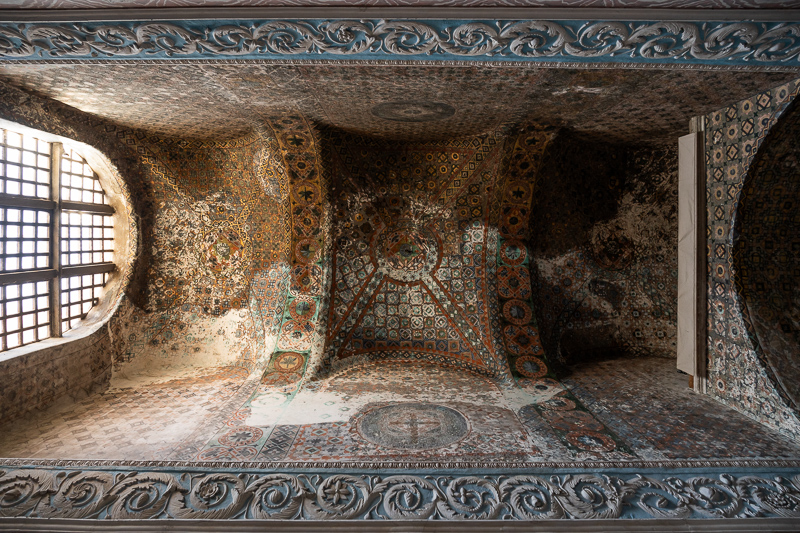
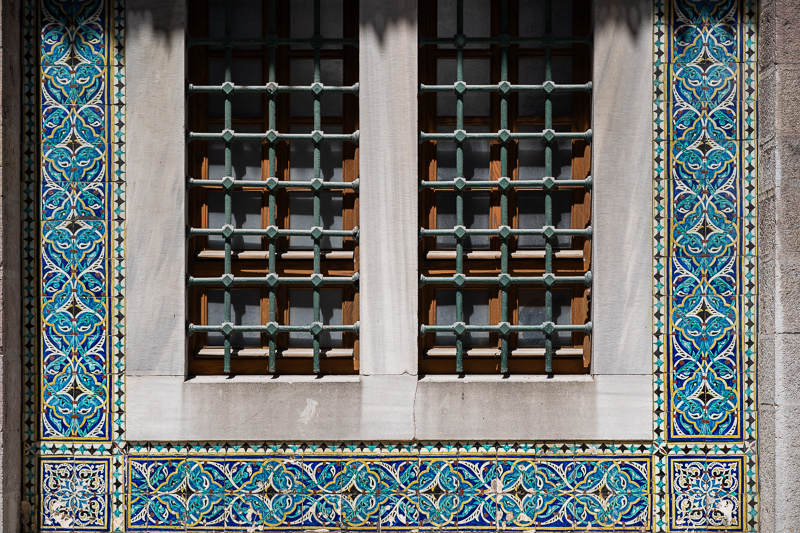
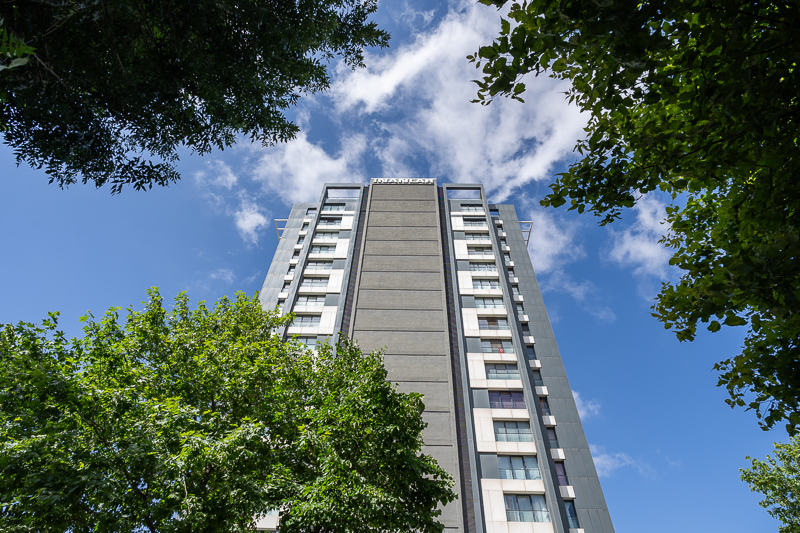
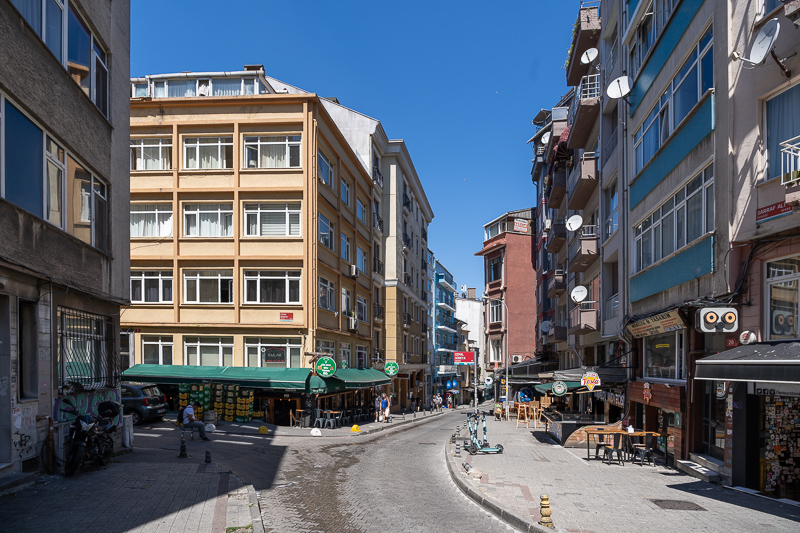
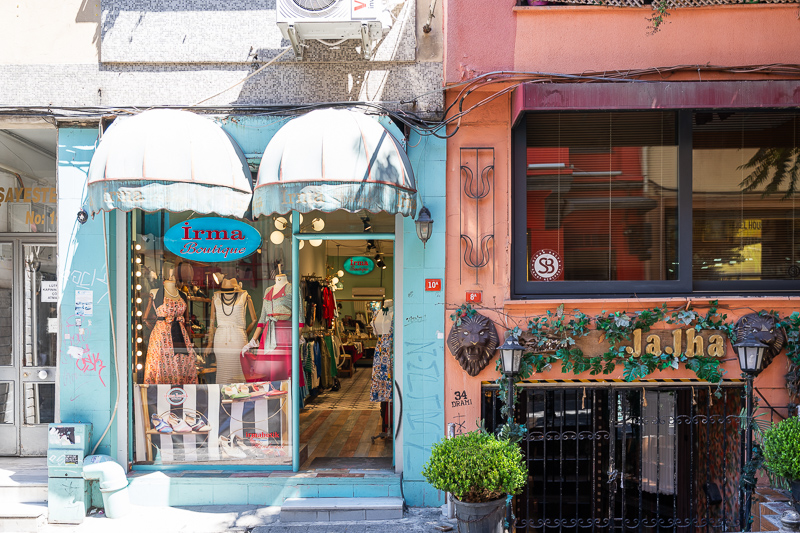
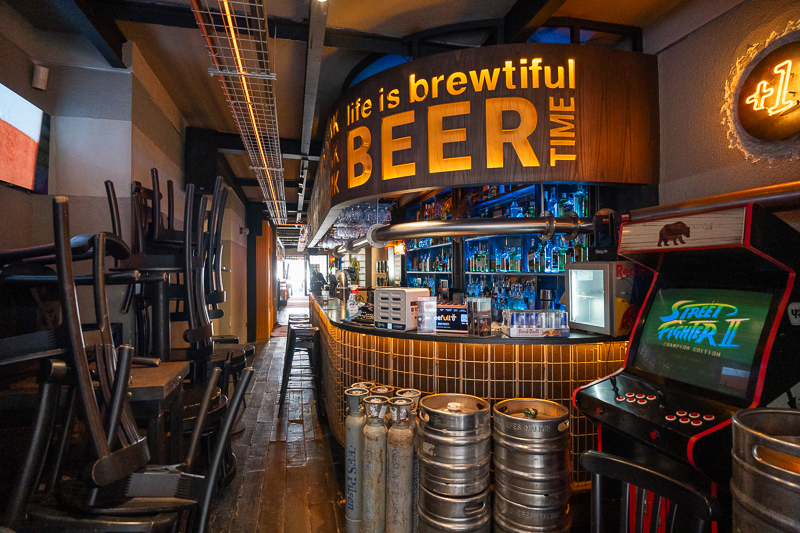
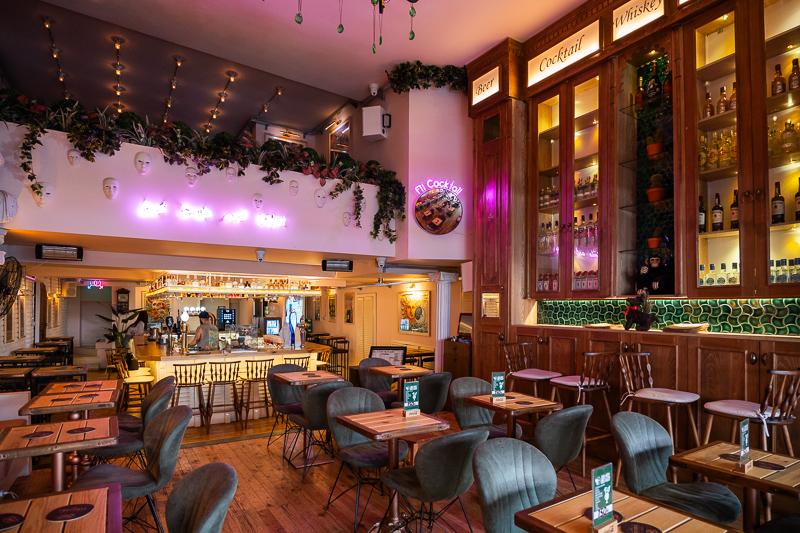

You can find most of the sample pictures in full resolution here.
Further Reading
- All Nikon Lens Reviews
- Review: Sony FE 12-24mm 2.8 GM
- Review: Sigma 35mm 1.2 Art DG DN
- Review: Sony FE 50mm 1.2 GM
- Discuss this review with our Discord community
Support Us
Did you find this article useful or just liked reading it? Treat us to a coffee!
![]()
![]()
![]() via Paypal
via Paypal
This site contains affiliate links. If you make a purchase using any of the links marked as affiliate links, I may receive a small commission at no additional cost to you. This helps support the creation of future content.
Latest posts by BastianK (see all)
- Review: Canon EF 50mm 1.0 L USM – Still the world’s fastest AF lens - December 30, 2025
- Review: Nikon Nikkor 105mm 1.8 Ai-s - December 28, 2025
- 2025 – Year in Review - December 23, 2025

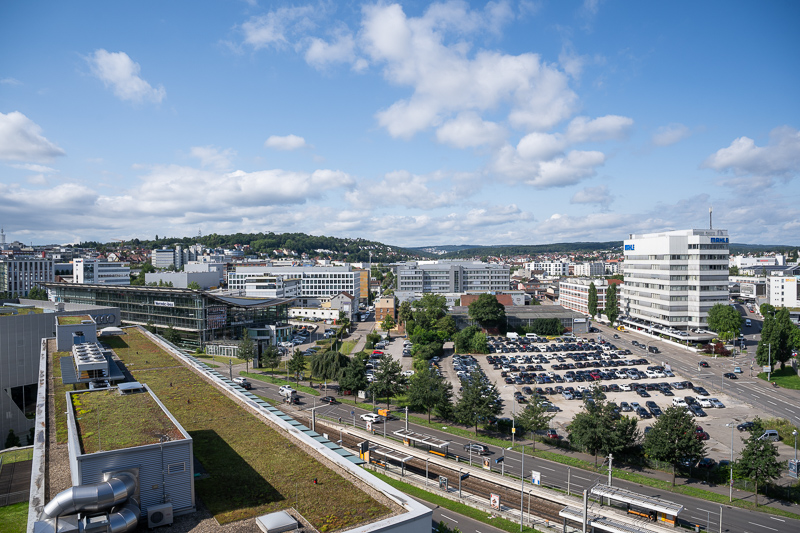
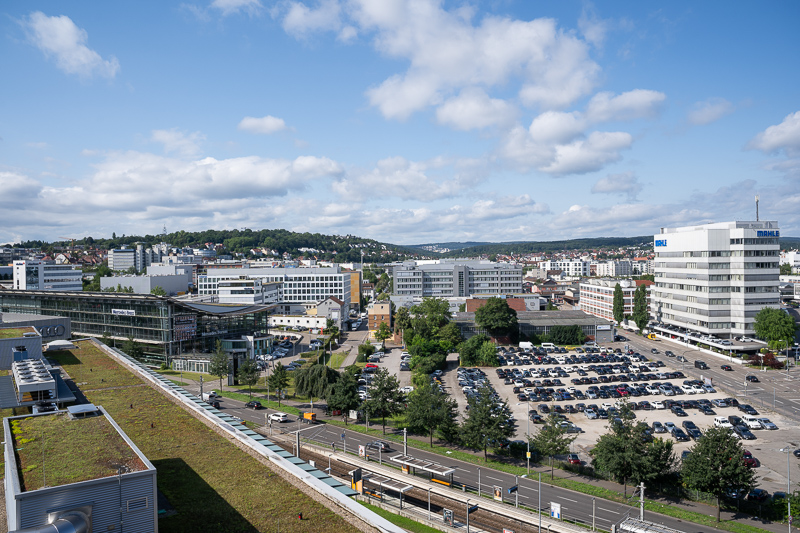
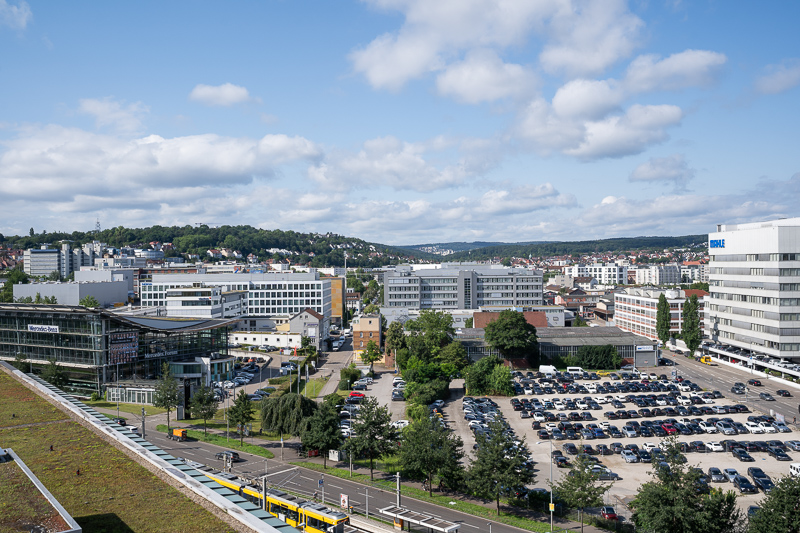
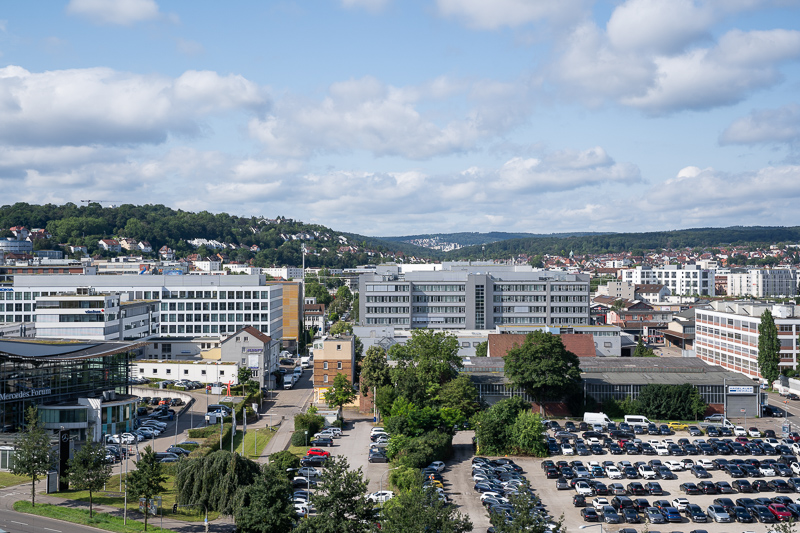
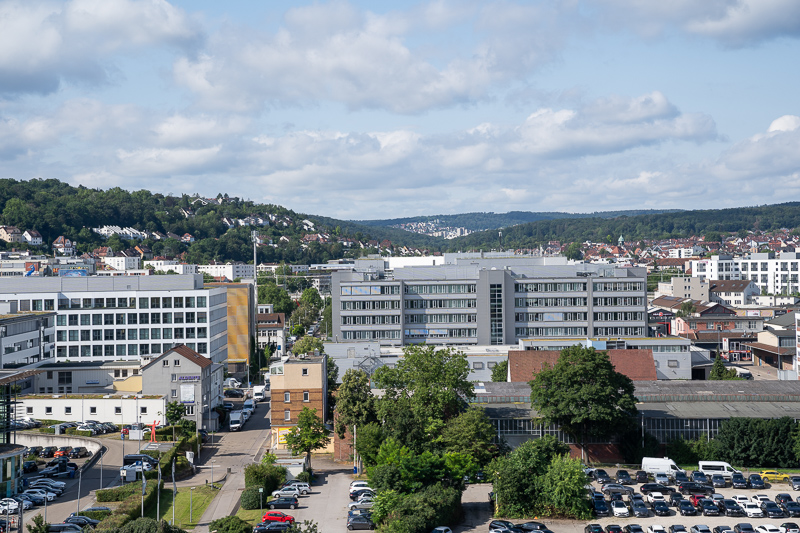

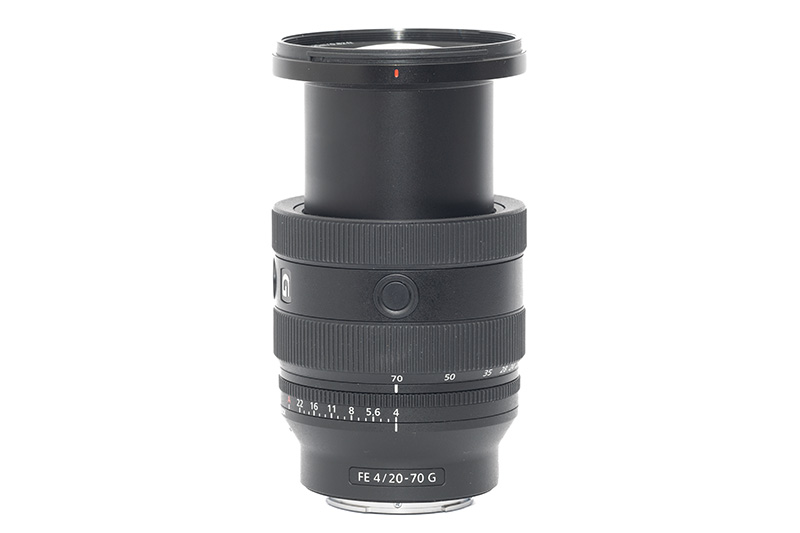
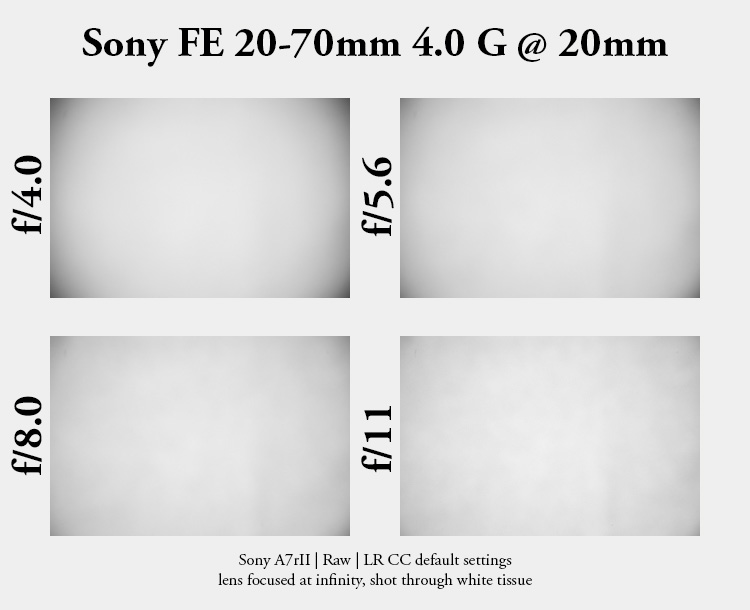
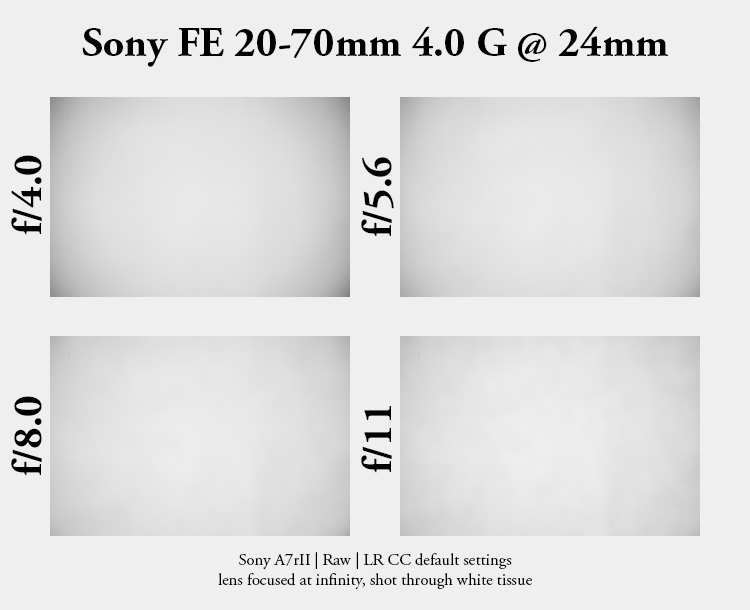
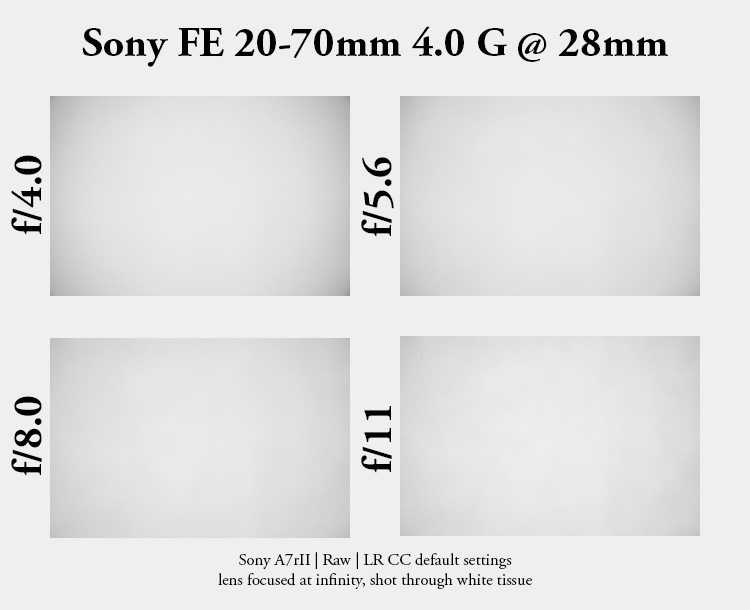
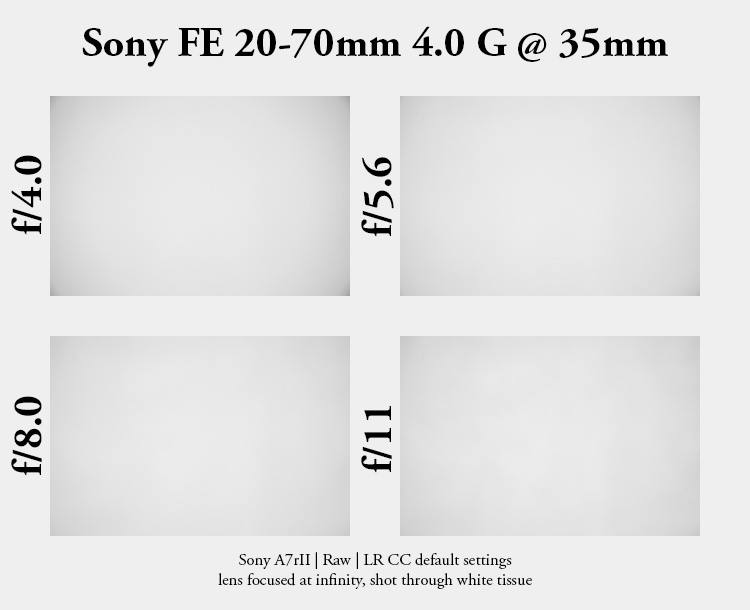
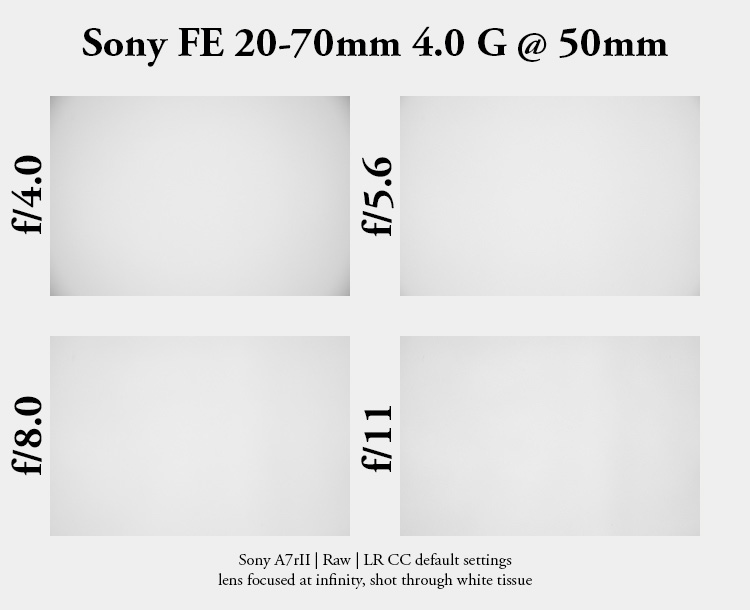

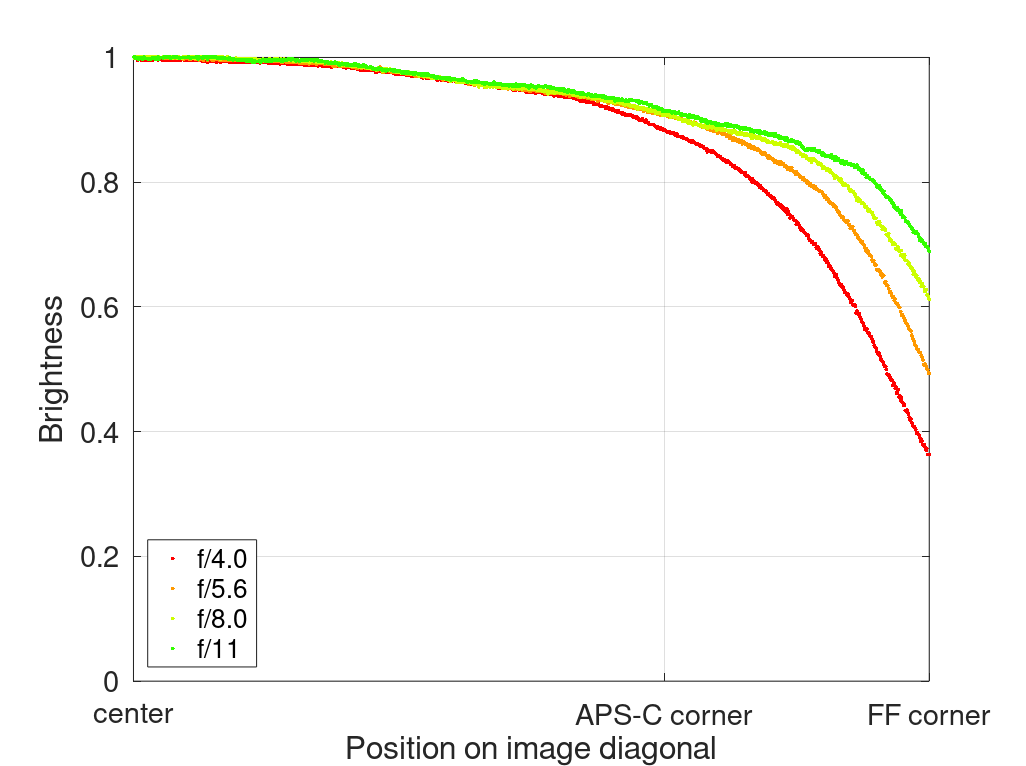
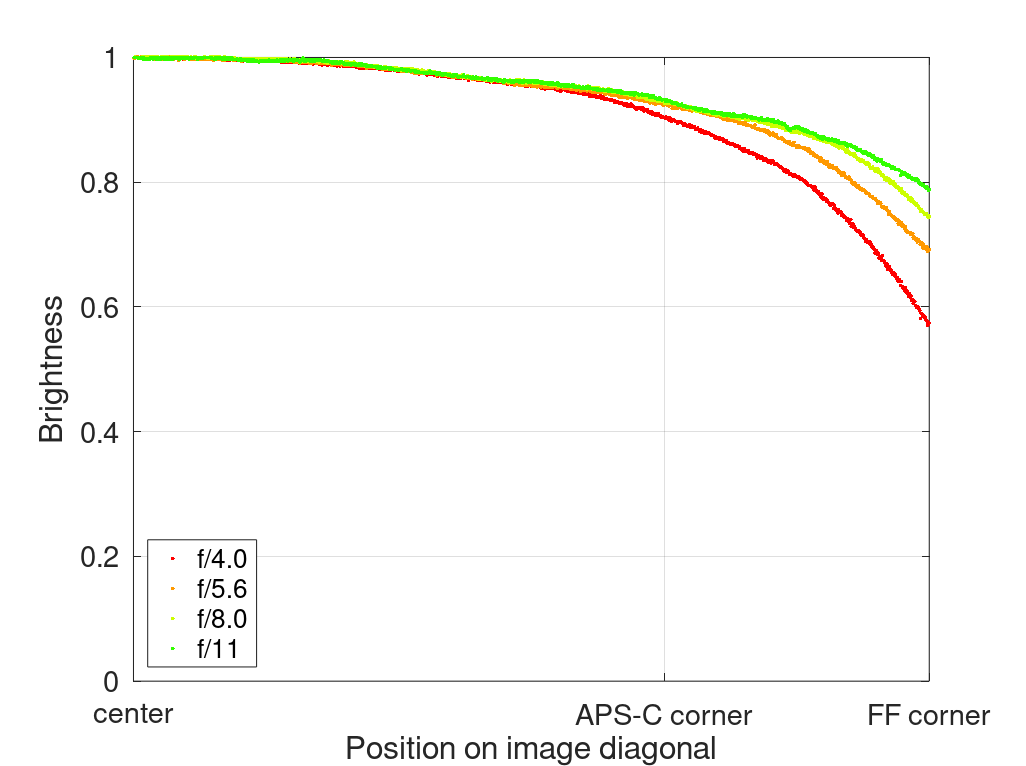

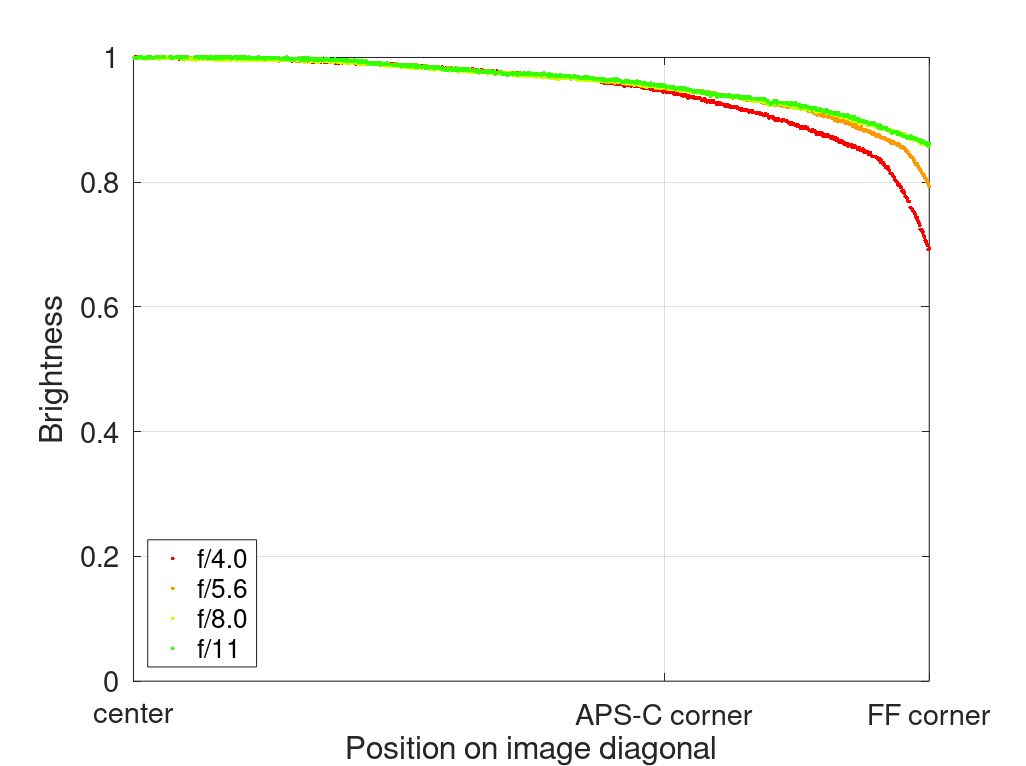
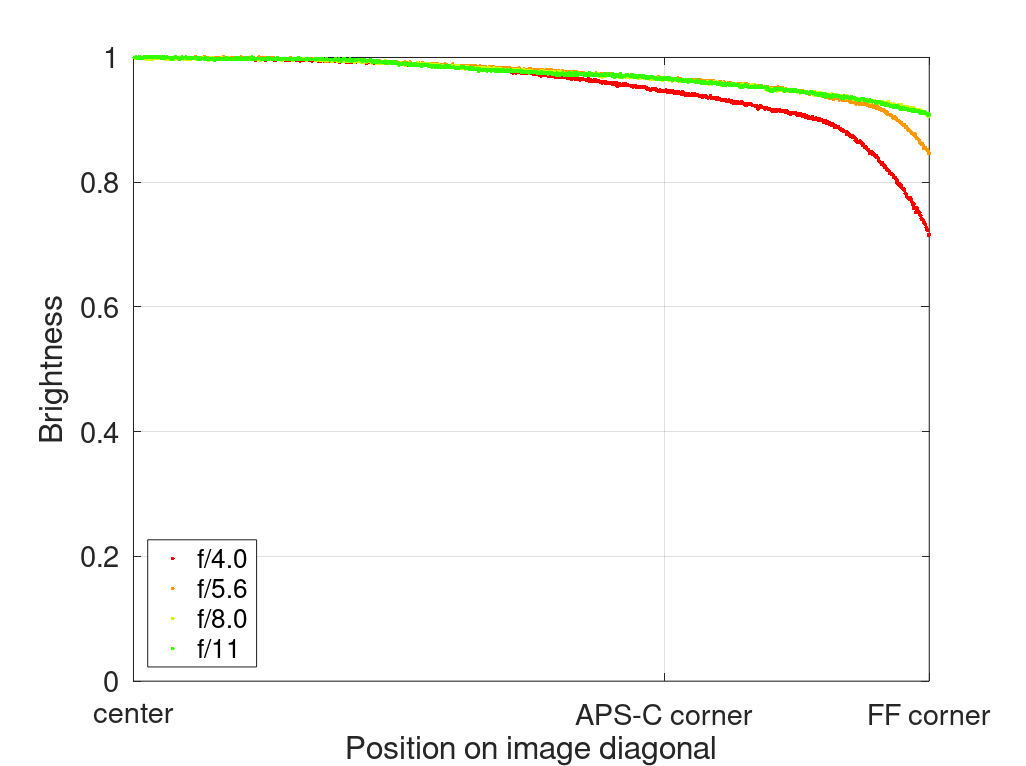

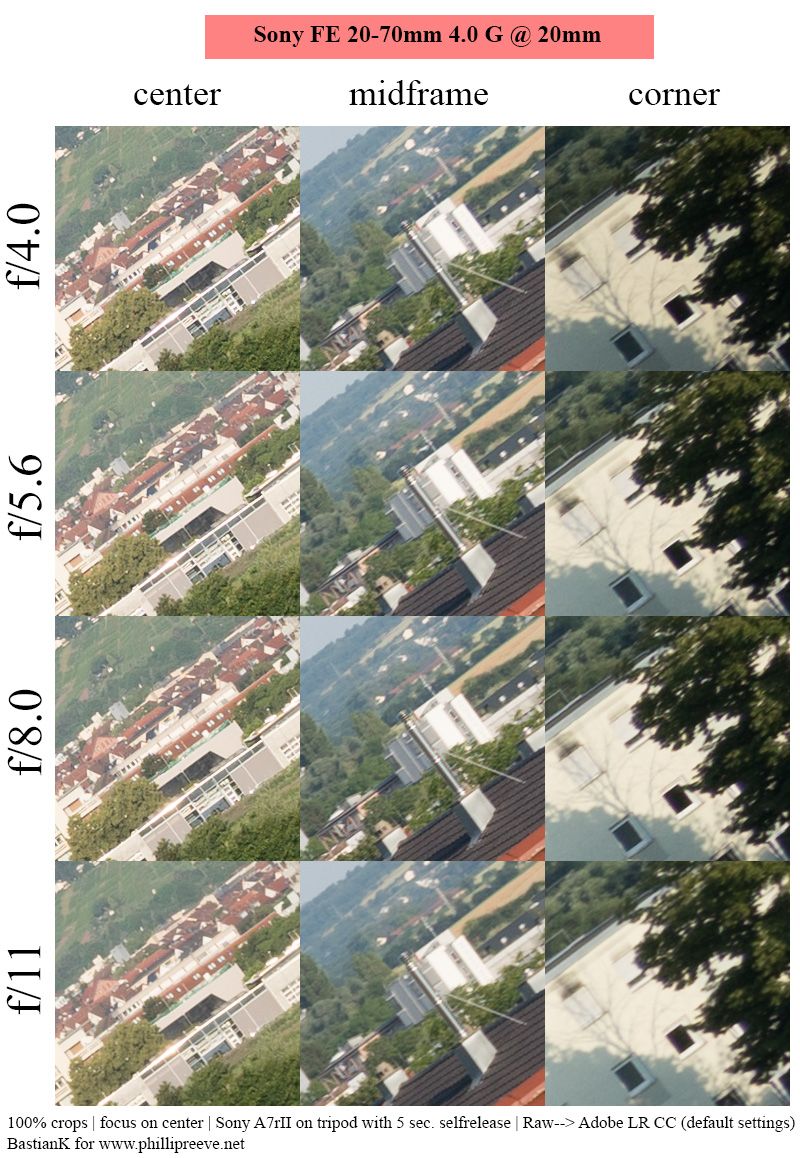
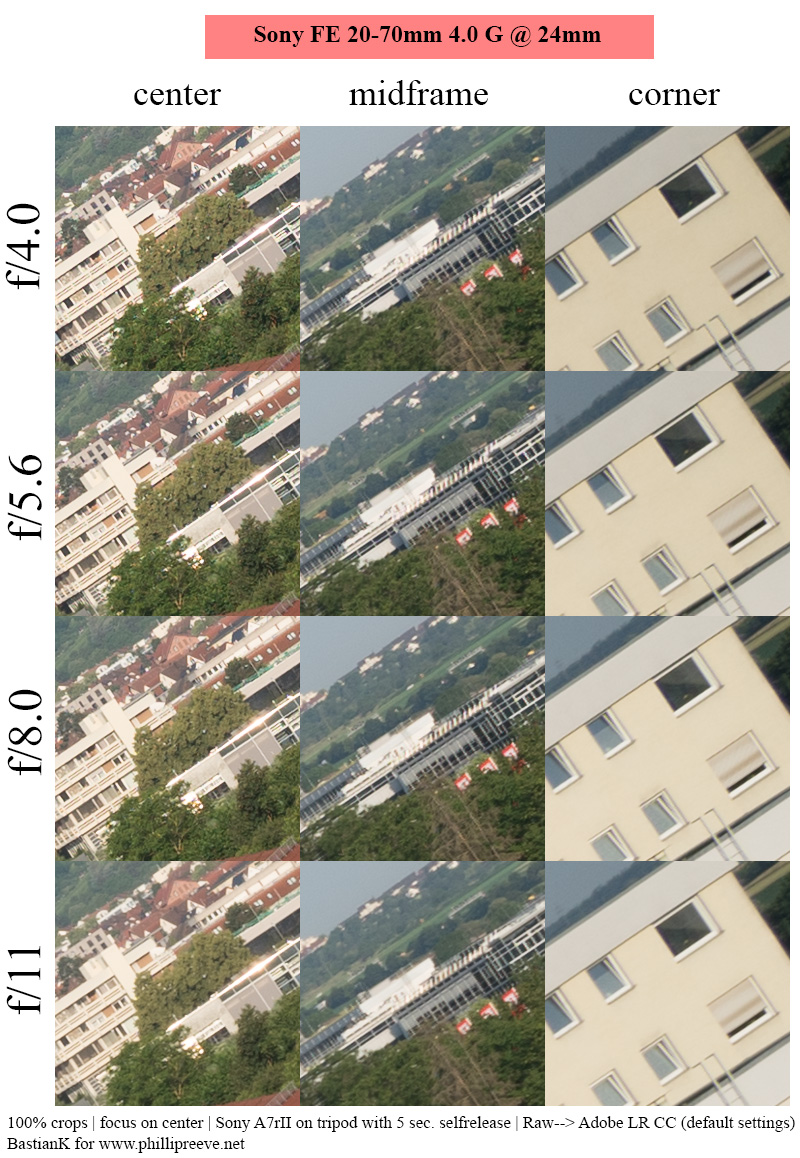
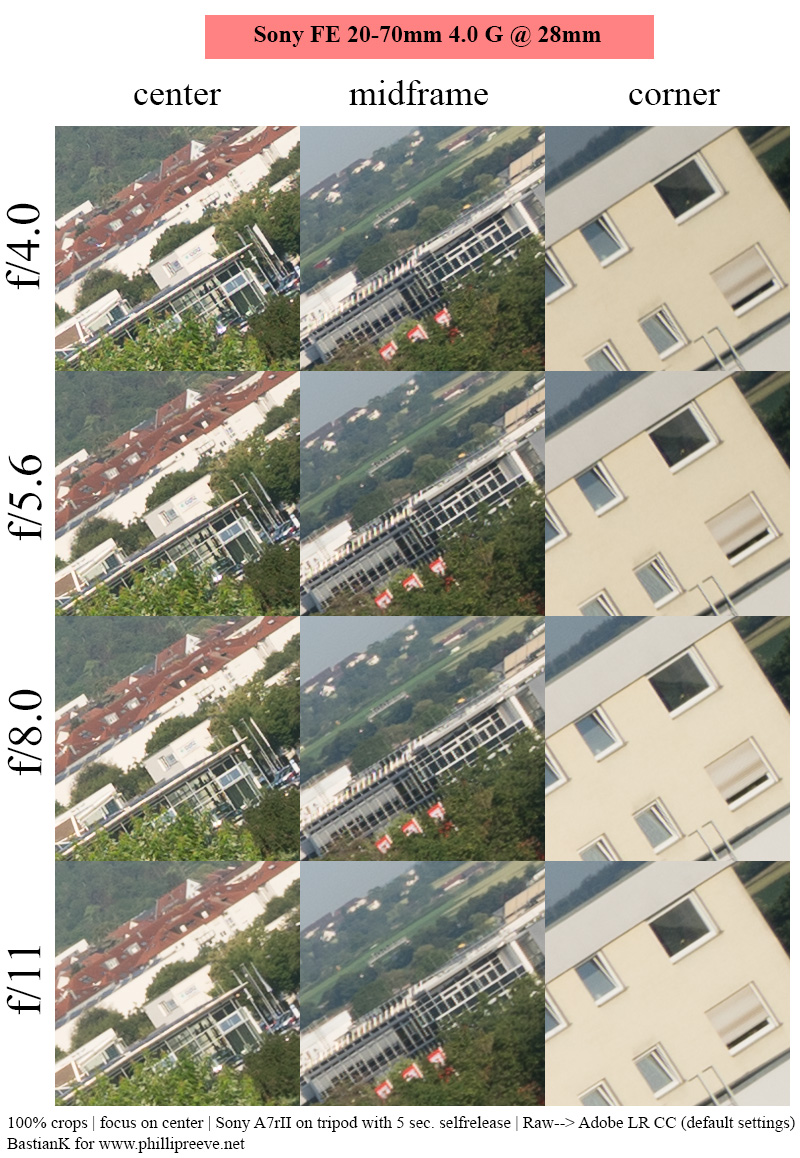
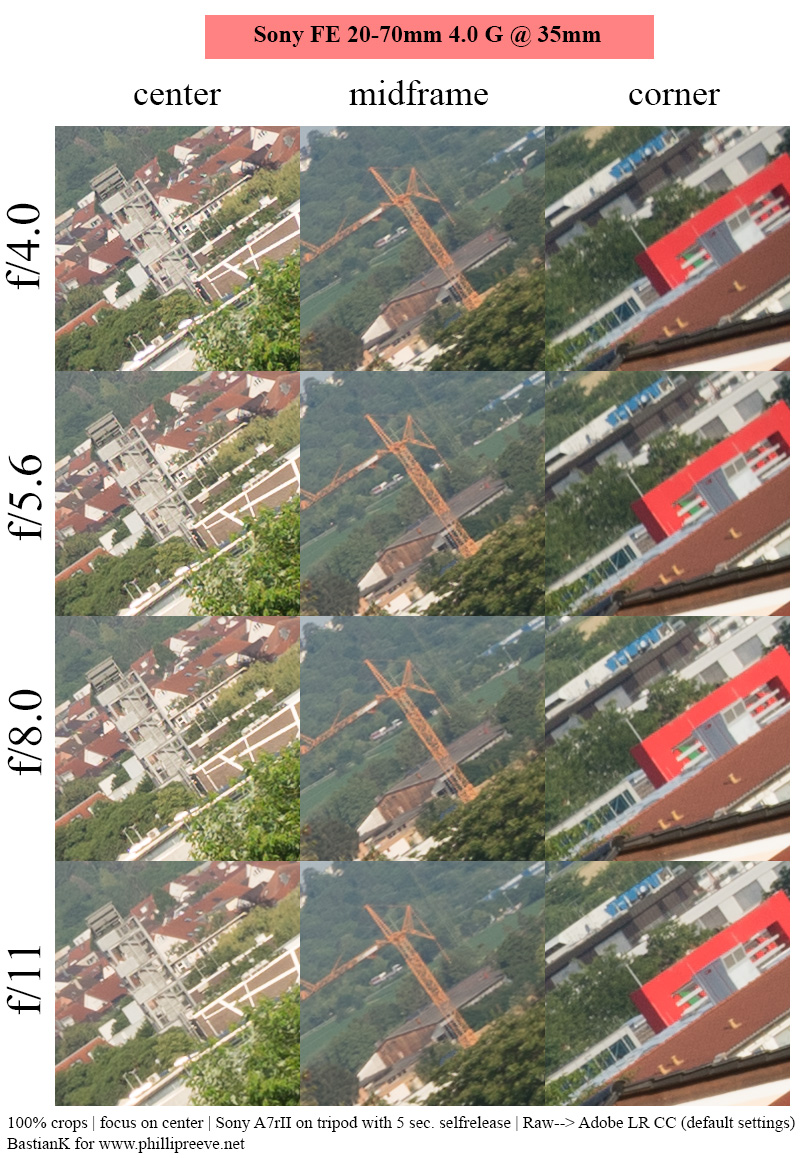
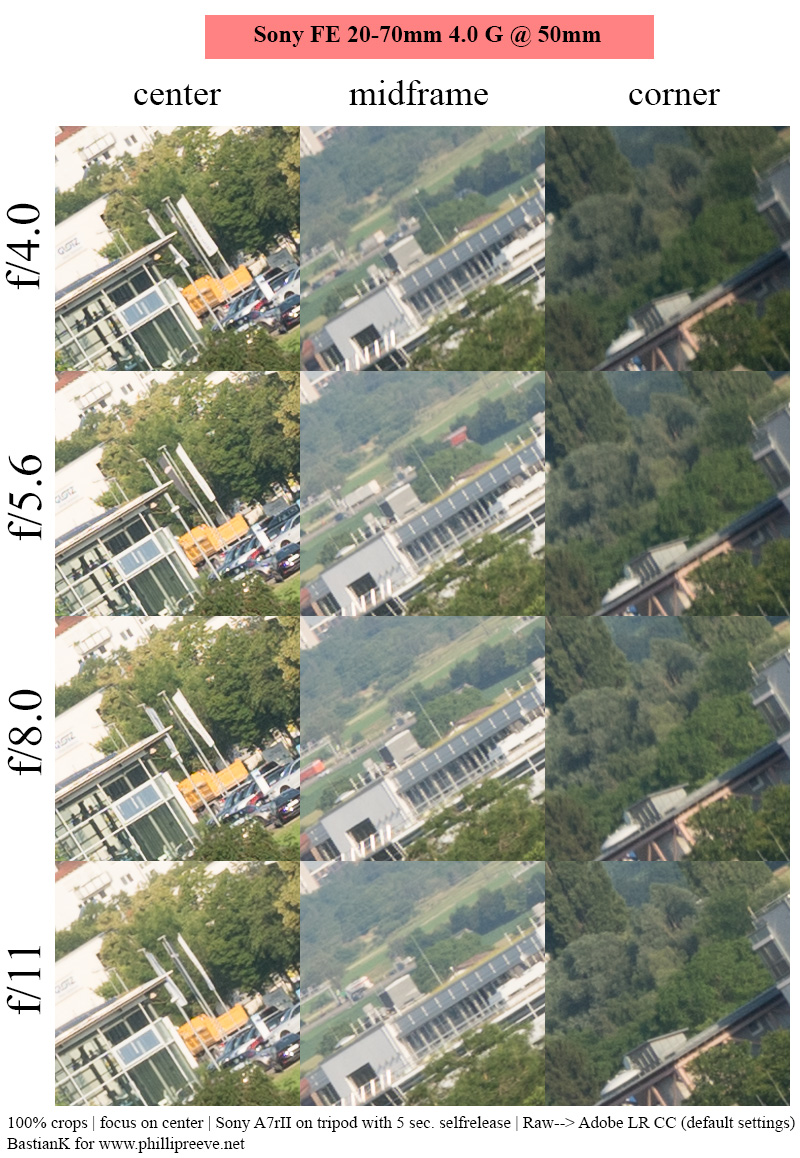
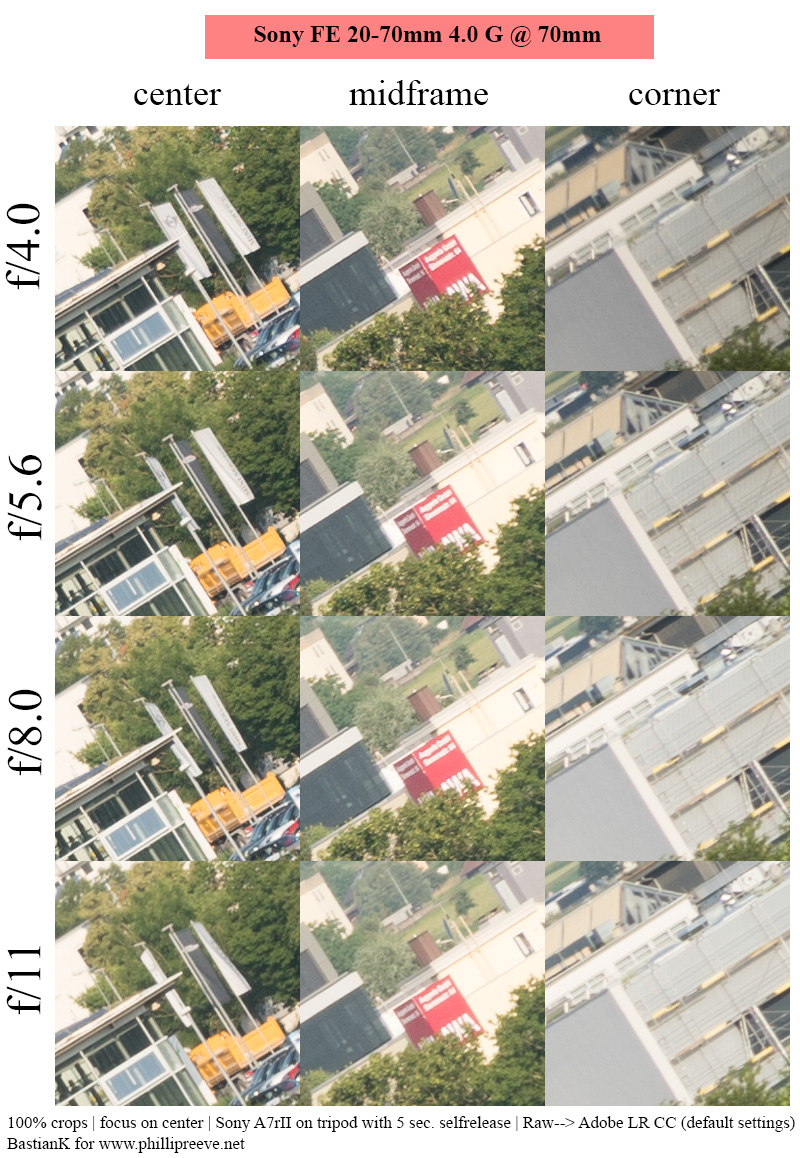
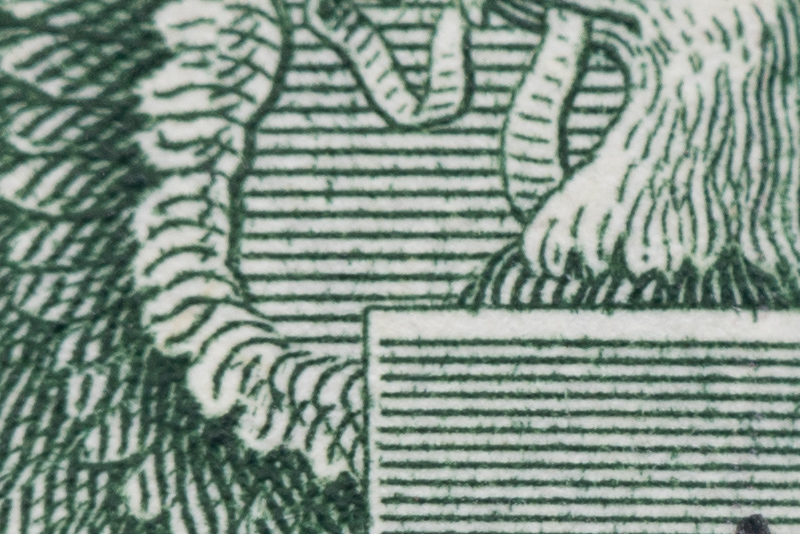
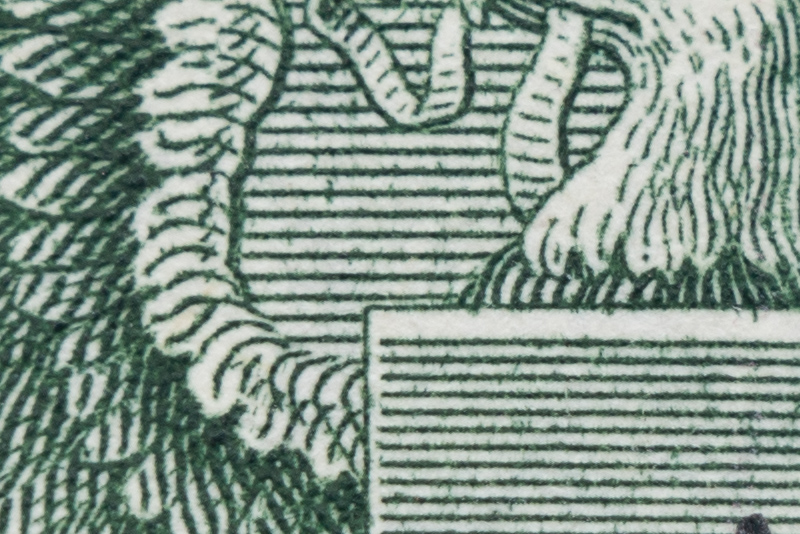
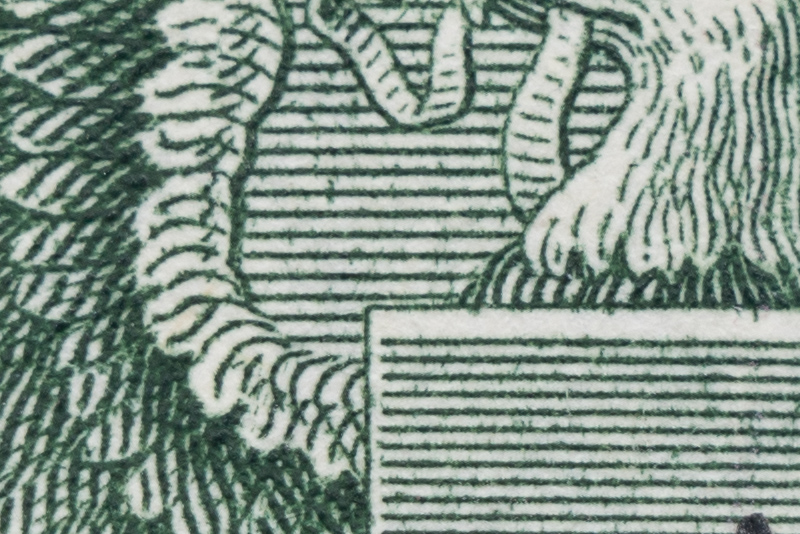

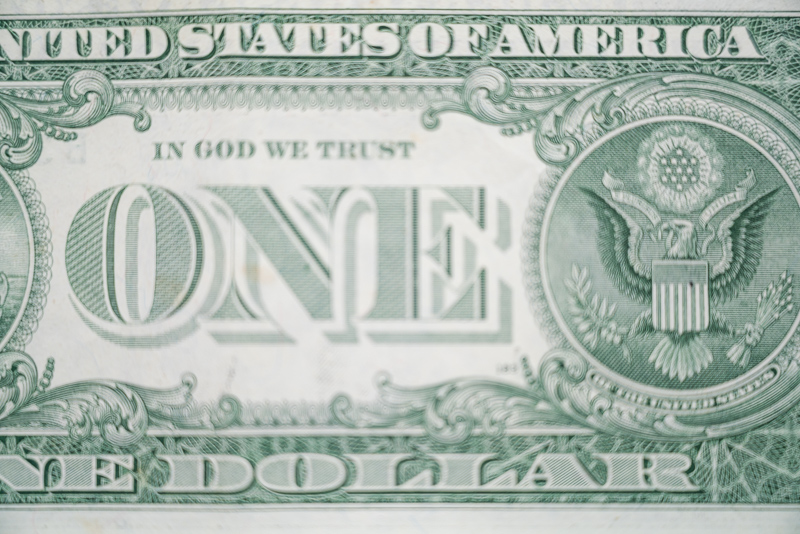
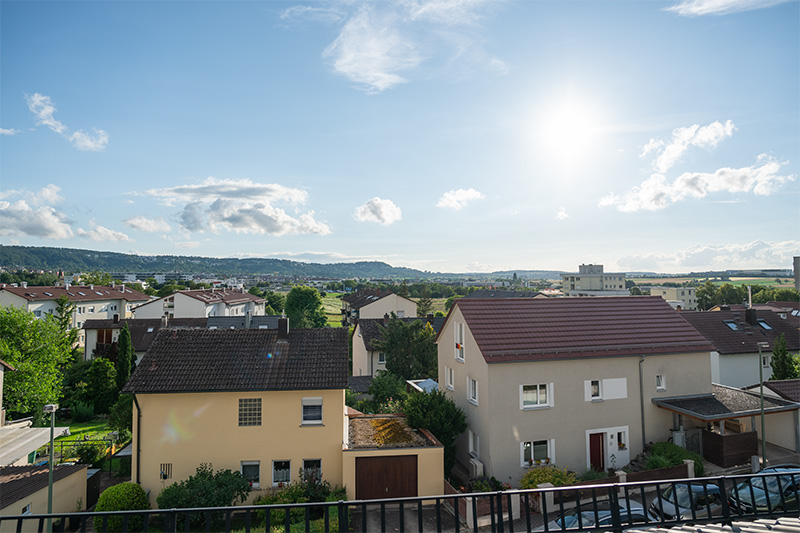
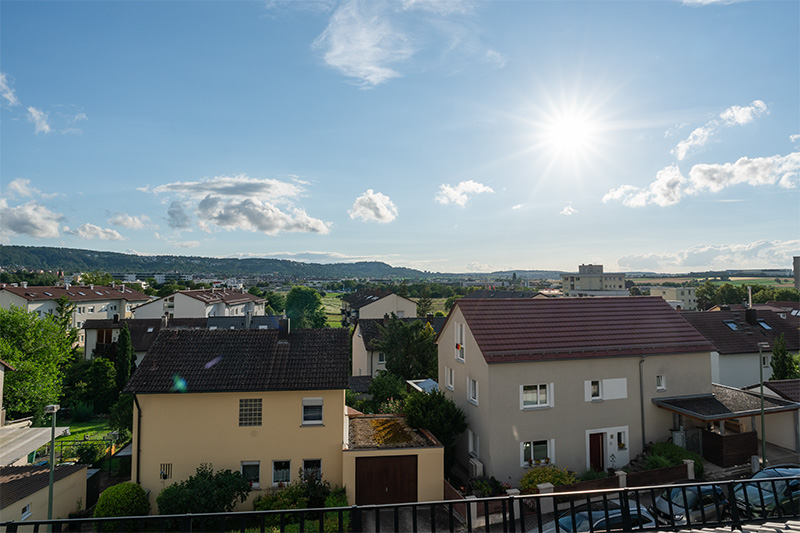
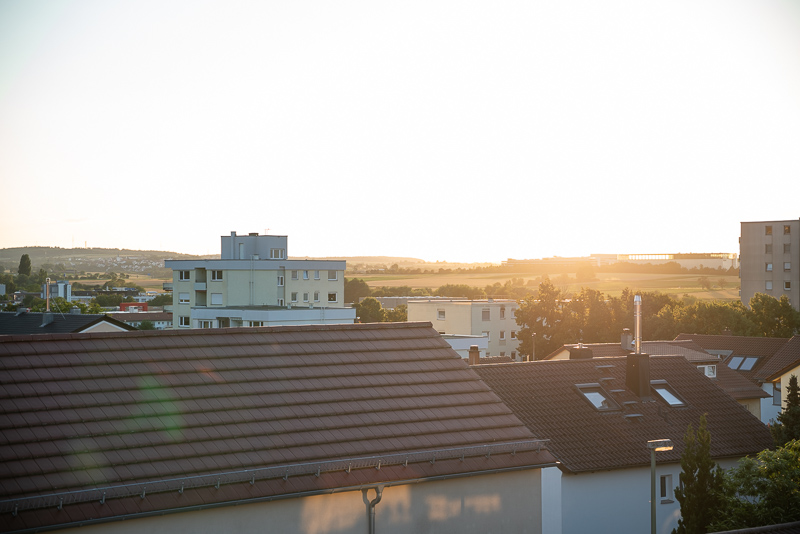
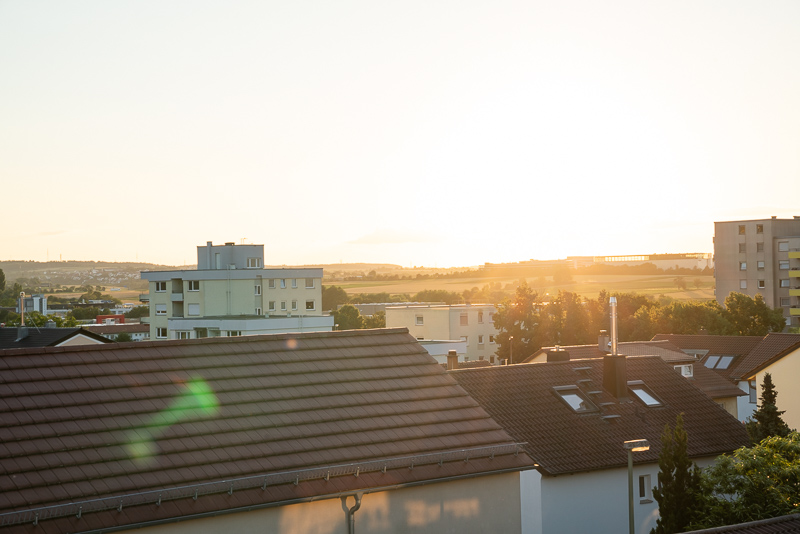
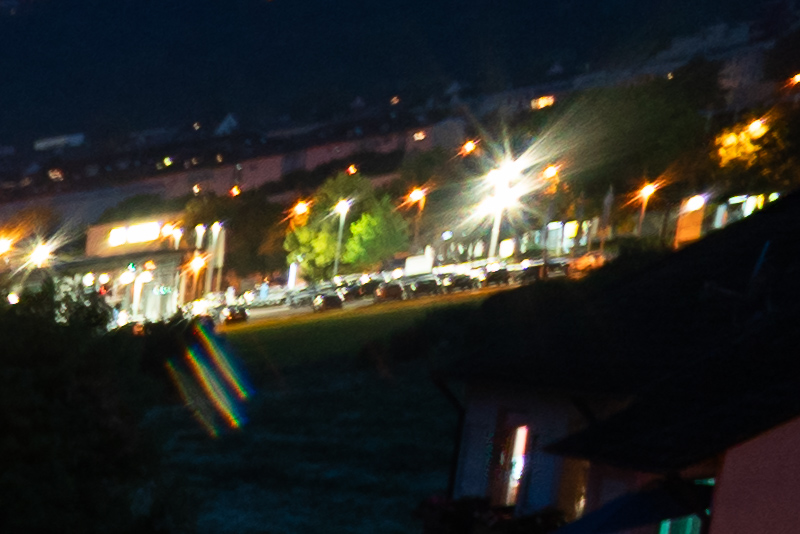
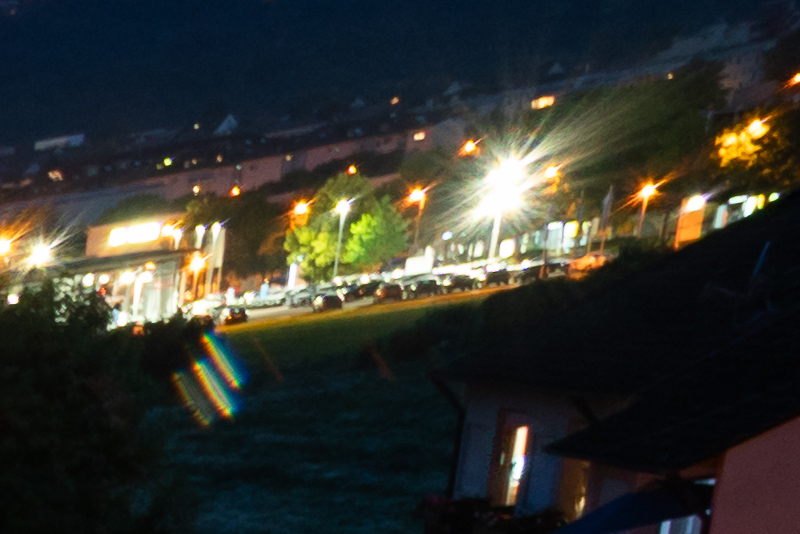
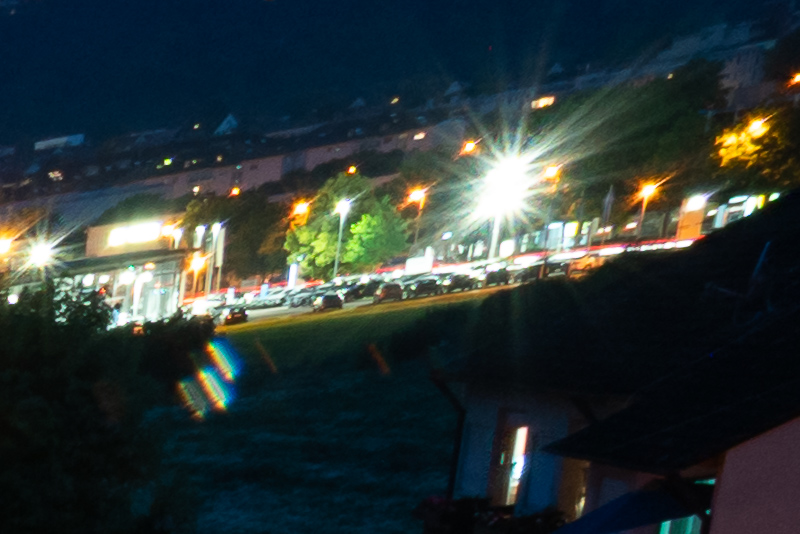

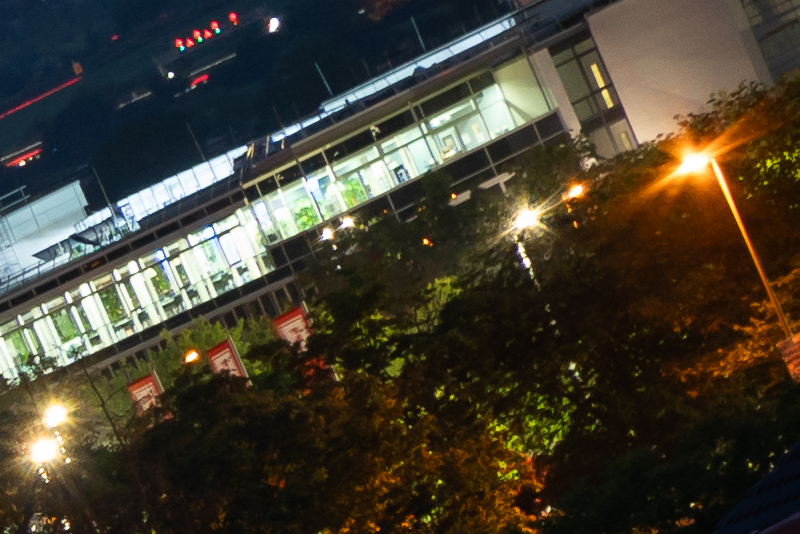

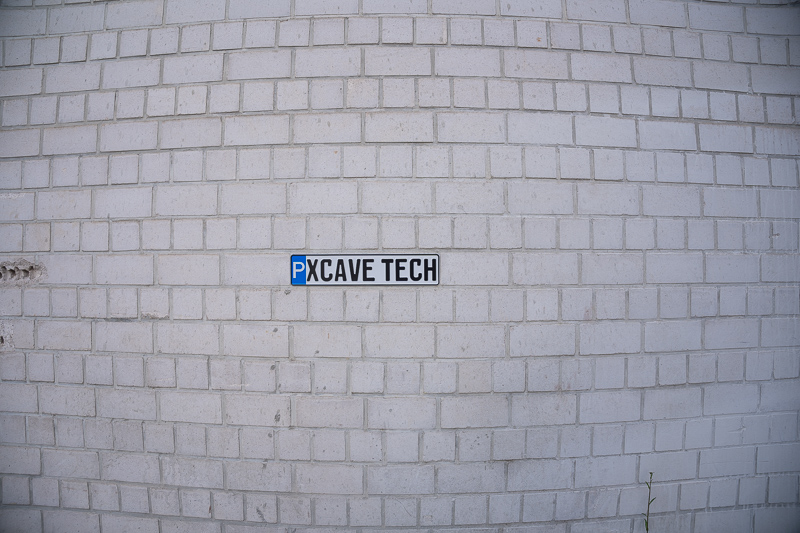

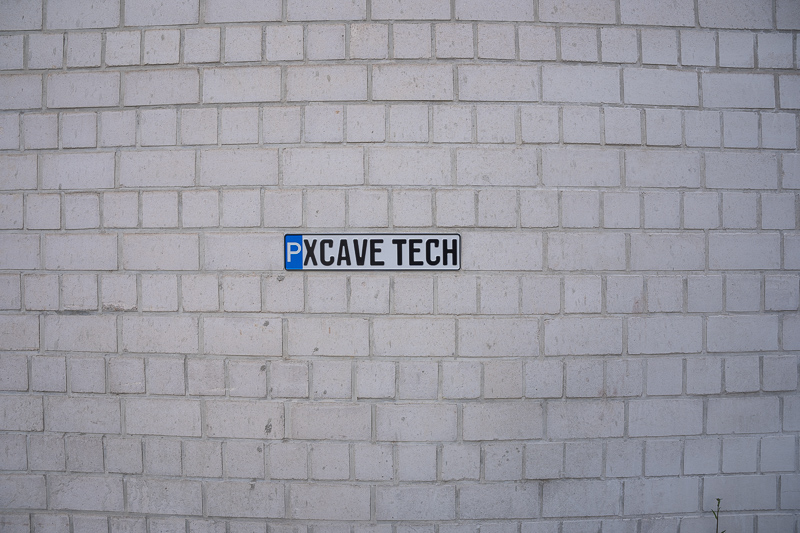
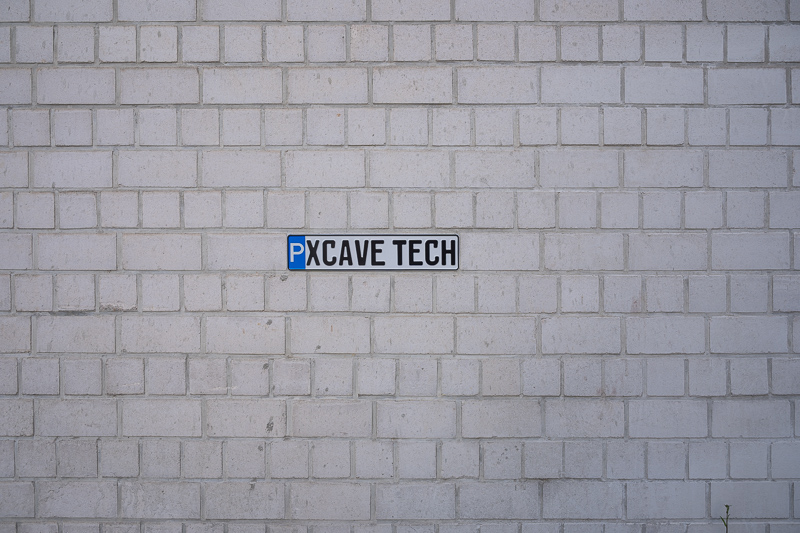
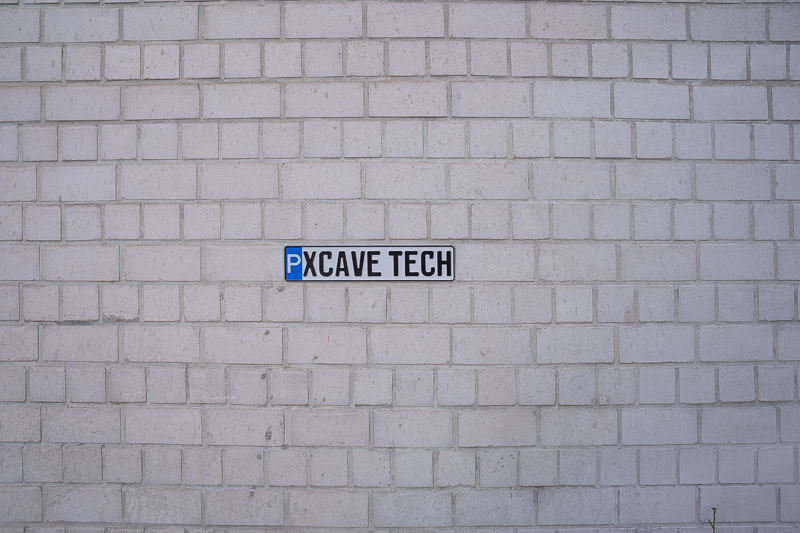


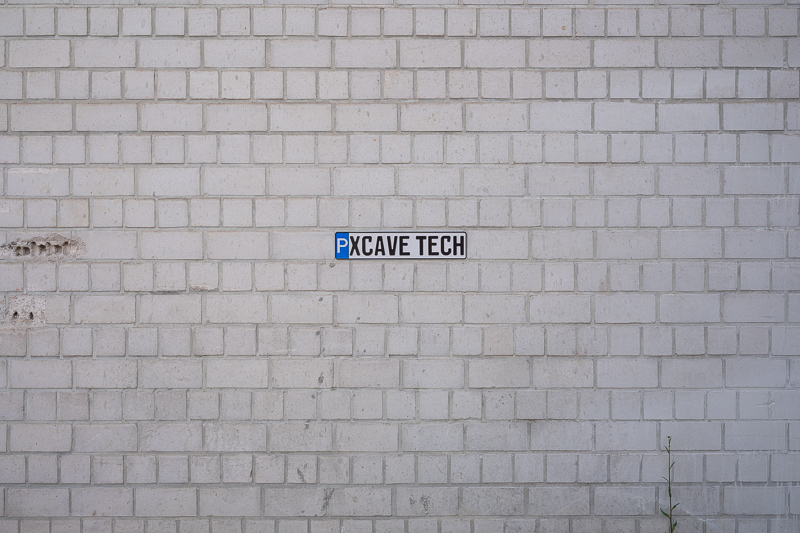
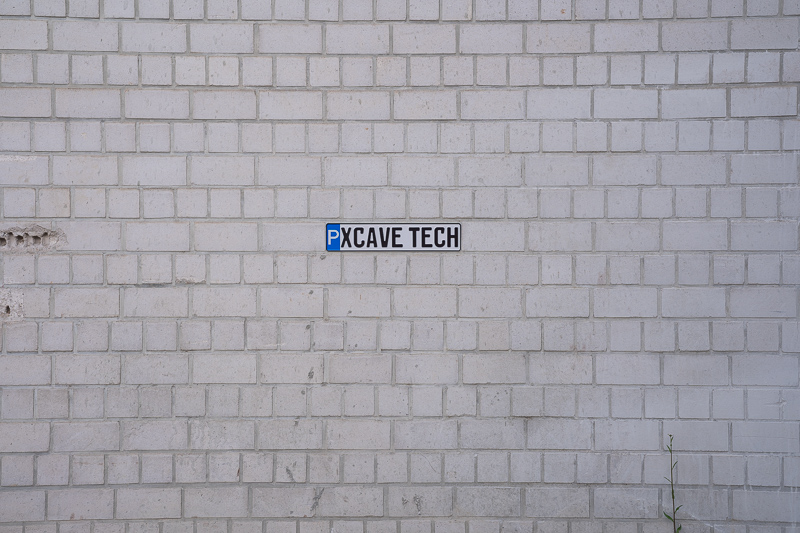
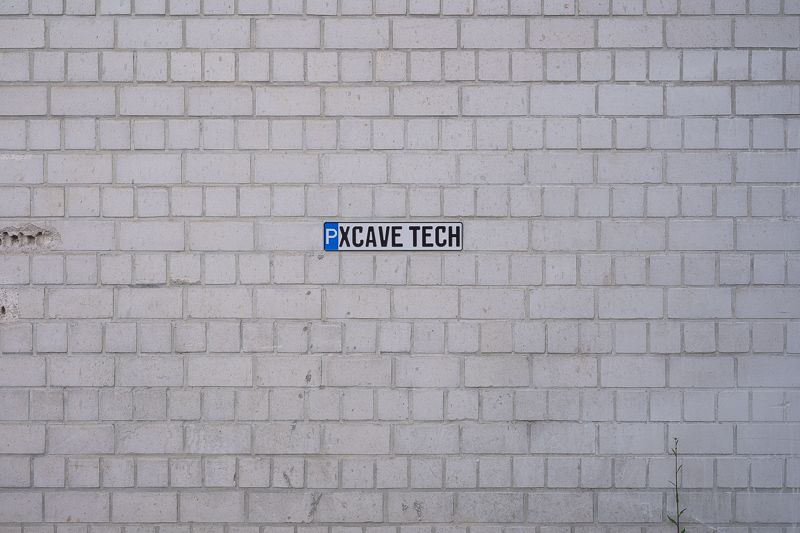
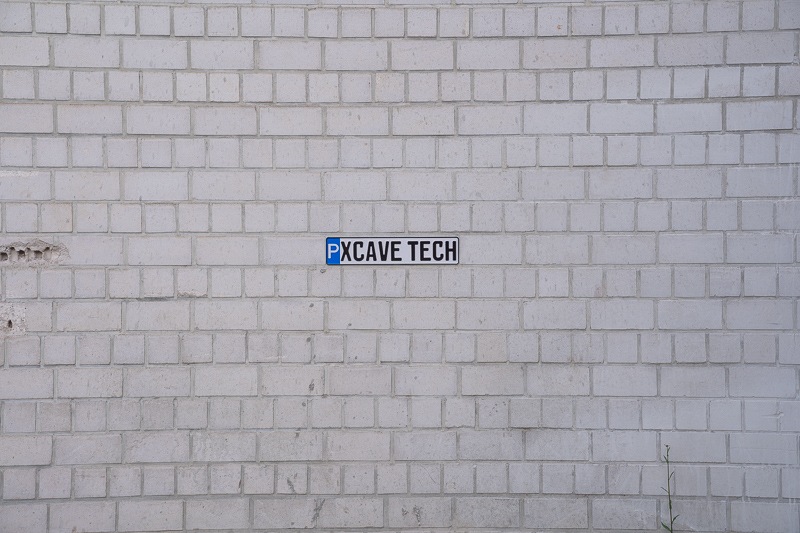

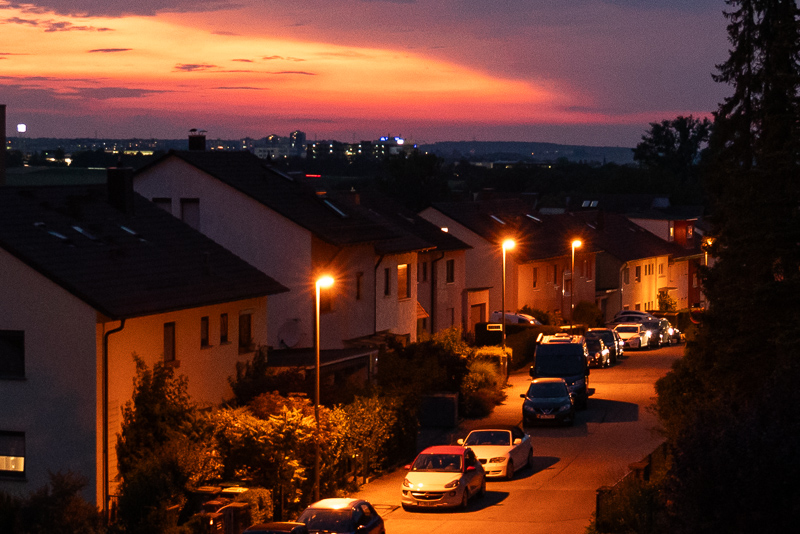
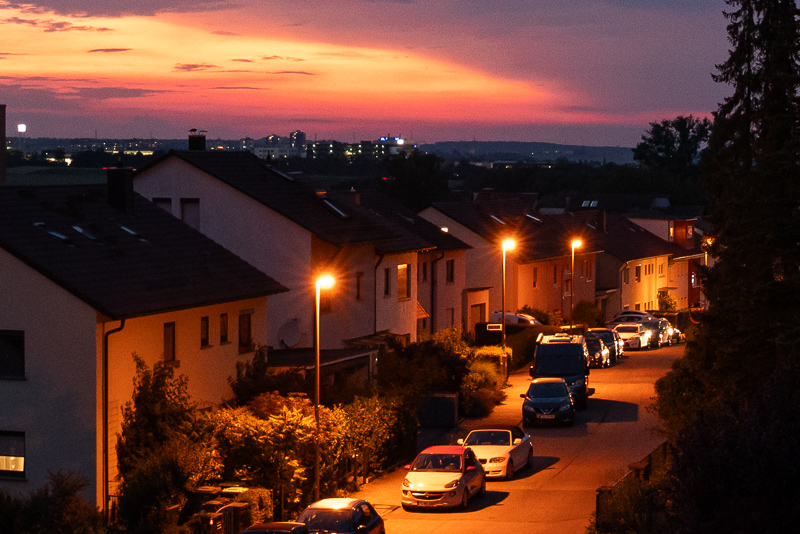
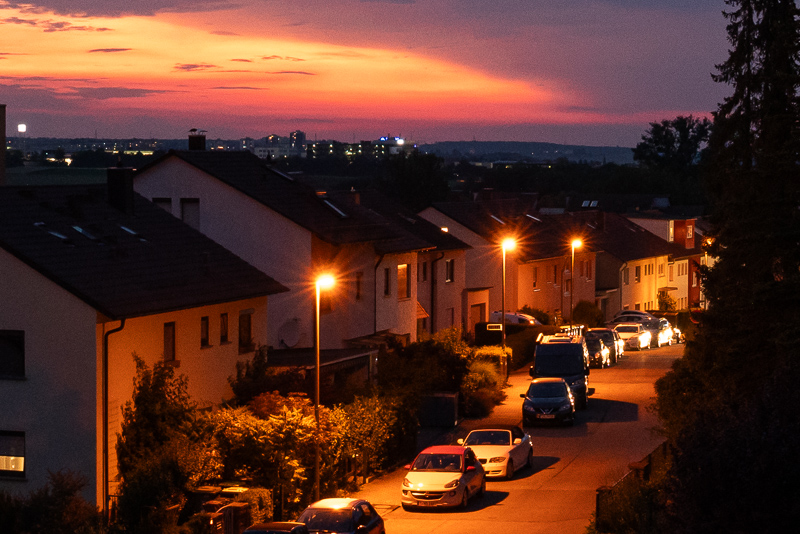
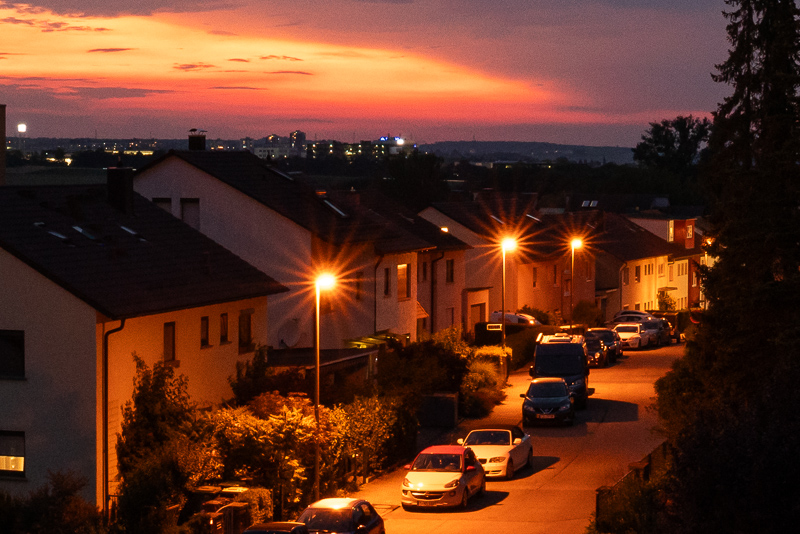

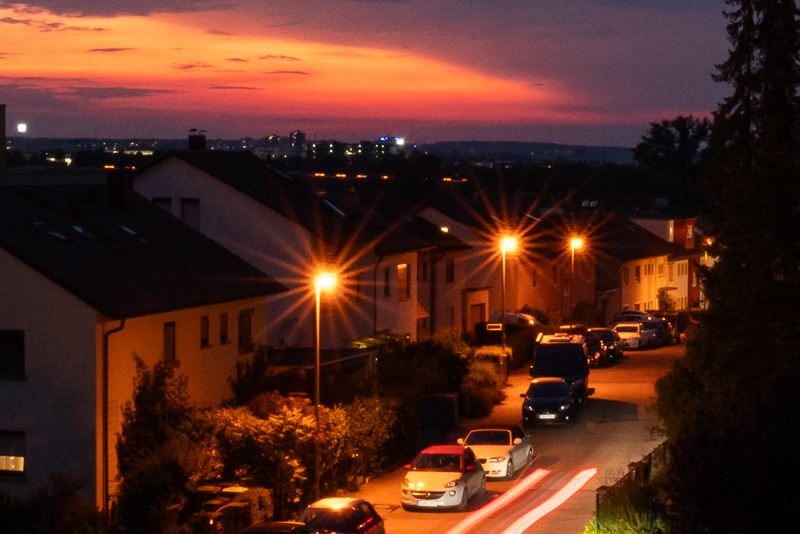
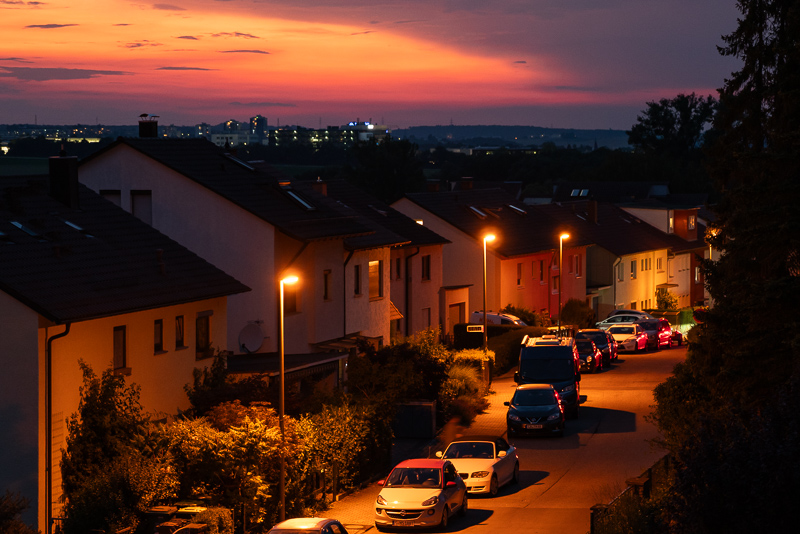
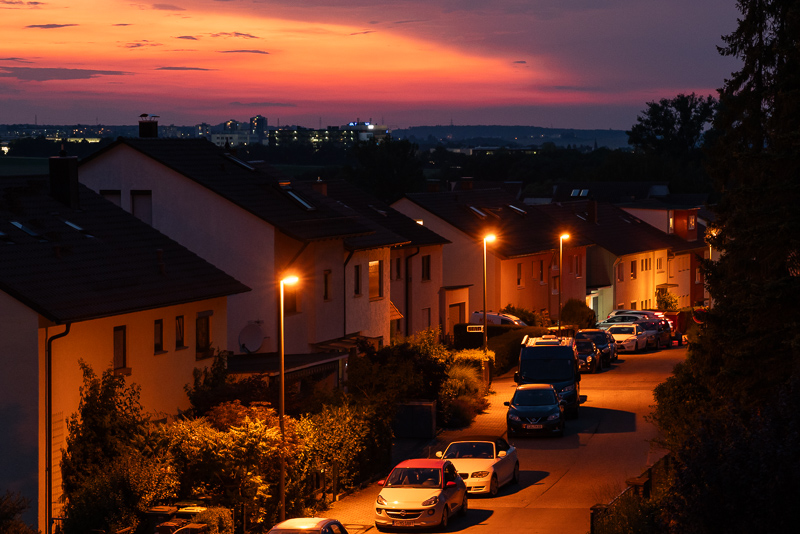
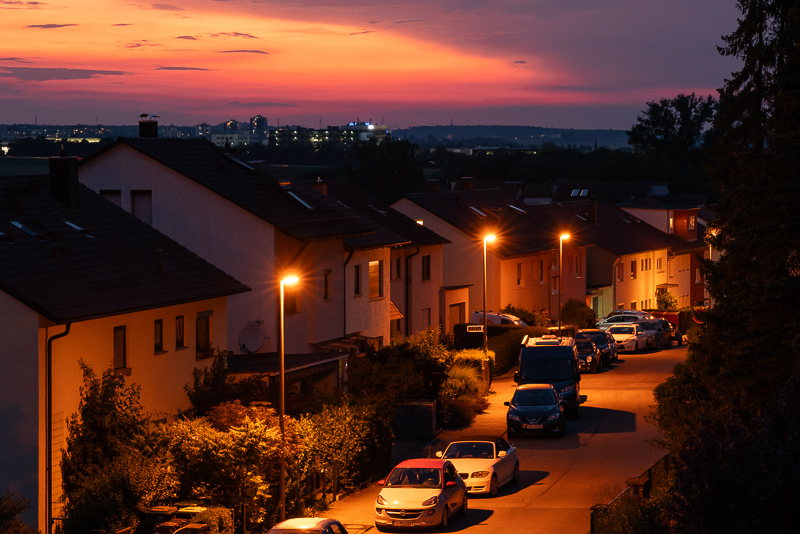
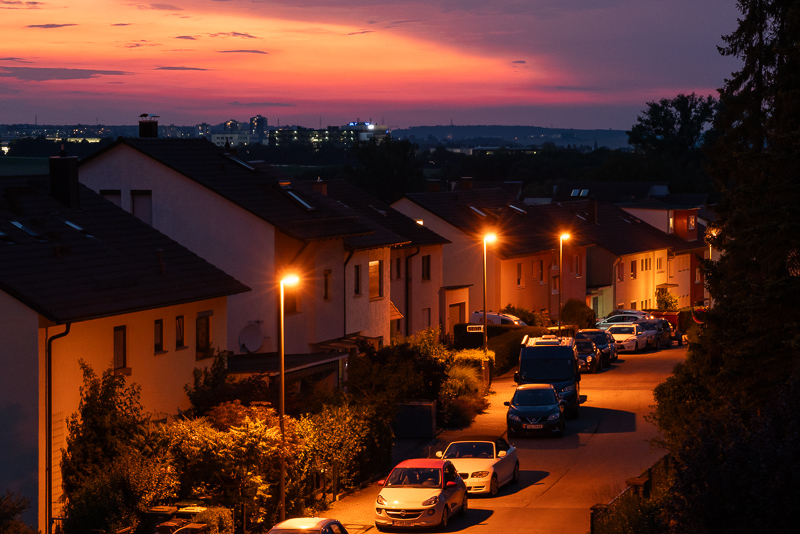




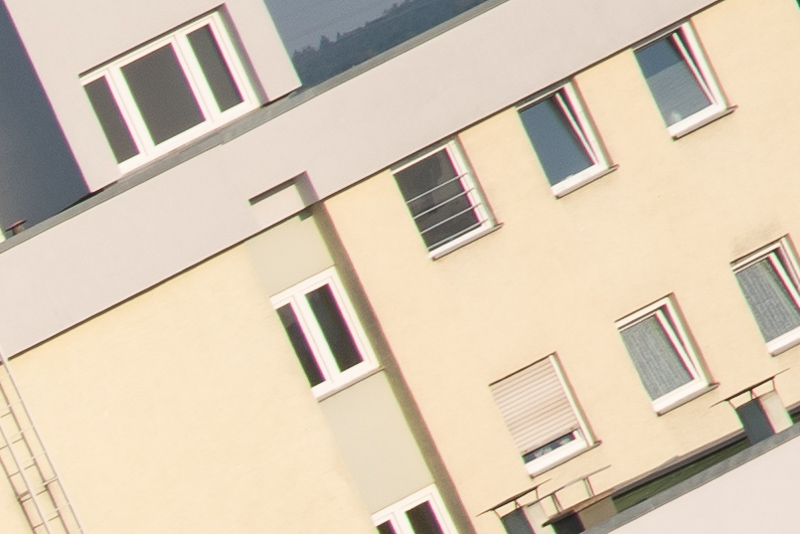

I can only agree with Bastian on the qualities of this lens. It may not be perfect, but it has so many advantages that it has never left the bayonet of my A7C since I bought it!
A good, thorough and honest review as ever.
I have considered getting this lens a few times.
But, what you have written further confirm for me, that I can‘t live with the compromised killer feature of this lens. It‘s simply not good enough at the 20mm end….which is a real shame because this is it‘s selling point that sets it apart from other zoom lenses.
Your sample images are well shot, but in general there is something quite flat about the output this lens produces and that coupled with relatively little bokeh as this is an F4 lens, means this isn‘t a lens for me.
Flat. That’s exactly what I felt about it. I am not sure why. Lack of color, contrast or bokeh? Or perhaps a combination of all.
Compare to 35gm or even 24-70 sigma, I find it lacks look and appeal.
A lens with unique parameters.
For my use cases, 24-70 GM II or most probably the new Sigma 24-70 2.8 II would be the better choice. Yes it’s a bit bigger and I lose the 20mm range. However at least for the 24-70 GM II it has nice bokeh usually and 70mm 2.8 is very useful when the bokeh looks fine for me.
Sadly, 20+ years of superwide zoom (14-24 etc), 16-35 (street/landscape hybrid?), normal zoom (24-70) and then tele lenses whether zoom or prime has changed our way of thinking and approach when thinking of the photo based on the lens mounted. If I have a 24-70, I don’t think ultrawide cases etc. Maybe this lens can change our bias for the better with an unexpected focal length range.
I wonder if anyone would make a 20-58mm f2.8 lens. That would sell very well.
Tamron 20-40 f2.8 is quite close, at least with APS-C mode cropping.
I’m not fan of zoom lenses, especially of f4 zoom lenses but I have to admit the huge versatility of them. But I prefer background separation freedom over range, so primes for me. I like the F1.2 lenses rendering (Sigma 35 1.2 or 50 1.2GM/DN), and I find that f2 (but high quality f2) is at least I can still live with.
The most interesting lens is the Sigma 28-45 f1.8, my most used focal range with quite wide FOV to portrait focal length range, with high aperture and extremly good resolution. If I have to start building a kit, I’d seriously considering as main lens with Sony 16-25 f2.8 and 85 1.4DN.
Or a 20-57 mm lens. 🙂
Midrange f/4 is so boring.
Well so is 2.8 also, just one stop more. I use fixed lenses when I need that. The 20/1.8 is not big (and the 35/1.4 is no brickstone neither).
I recently acquired this after some consideration; had the 20/1,8 prior and it stayed at home mostly and not because it was big and heavy, in fact it was wonderful to handle. _Sometimes_ 20mm is nice though but too seldom in my use, so I sold it and got this. So far I’m happy with the choice, as you mention it focuses close with decent repro ratio and for when you do need wide you have a very acceptable version of it.
Well maybe not for astro but for most other things.
It balances fairly well even on an A7Cii.
How is the experience so far? I am in the same situation with my 20G. I think 20-70 will see more usage, but at the same time, I already have most of this range covered by other prmies and my 35-150 Tamron, so not sure if I should make this switch or stick with my 20G.
Physics and optics have their limits.
You can see that clearly in this lens.
Impressive review, thanks.
Thanks mate!
its a interesting lens for travelling cities, but generally i would miss the option to do portraiture at the long end, 70mmf4 (17 mm opening) just doesn’t cut it for me, while 105mmf4 (26mm) or 70mmf2.8 (25mm) does. So i’d probably rather carry a small 21 mm prime (Loxia/CV) when im in a city.
You could also use this lens and carry a small fast 75-90mm lens 🙂
105mm 4.0 and 70mm 2.8 are also not exactly a big step up for portraits compared to 70mm 4.0.
I tested this lens against several others I had for center sharpness.
Sony 35 1.8
Sony 55 1.8
Sony 16-35 f4 PZ
at equal apertures and focal lengths. I found that this lens is as sharp as all of these, at least in the center. The out of focus backgrounds at open were generally more ‘smeared’ than the others. Finally, I discovered the in-camera jpeg correction at 20 mm was excellent. This is my new ‘all-in-one’ for traveling with my A7CR.
First, excellent review.
Now my personal take – Sony 20-70 f4 is probably the best travel lens there is:
1. It is small and light. I sold my Sony 24-105 f4 outright, after I acquired the 20-70, never missed it since. I can have the camera with this lens around my neck all day long, while walking around. I could only have the combo with Sony 24-105 for 3 to 4 hours, before it started to bother me.
2. Image quality is very good across the whole zoom range (corners being the only slight issue) and excellent at longer focal lengths (50-70).
3. It has the 20-24 mm range and I do not have to take a 16-35 mm with me. Anyone, who is travelling around, understands the need for having to carry less.
4. Good build quality.
5. Good macro capability, if you need that.
It might not be for you ONLY if you do not mind carrying around your neck a bigger, 700g lens and you really need that extra bokeh. And bokeh only, since Sony cameras are generally great at higher ISO and taking photos at night is not much different with f2.8 lens.
Meine Alternative ist, zum Tamron 28-75 G2 noch das Viltrox 20mm f2.8 einzupacken. Man hat eine volle Blende mehr, und das Viltrox ist besser, als das Sony am kurzen Ende. Gerade in der Stadt in engen Gassen packe ich das Zoom gerne mal in die Tasche und freue mich über das leichte, kleine Viltrox.
Schön wäre eine Aussage zur Schärfe/Performance an der A6700, bzw der A7CR im Crop-Modus. Da mutiert es ja zum 30-105 f4. Es gab mal eine Zeit, da galten 35-105 als ideale Objektive für Urlauber, von Minolta als MF und AF Version… Auch für Street Photography ziemlich praktisch.